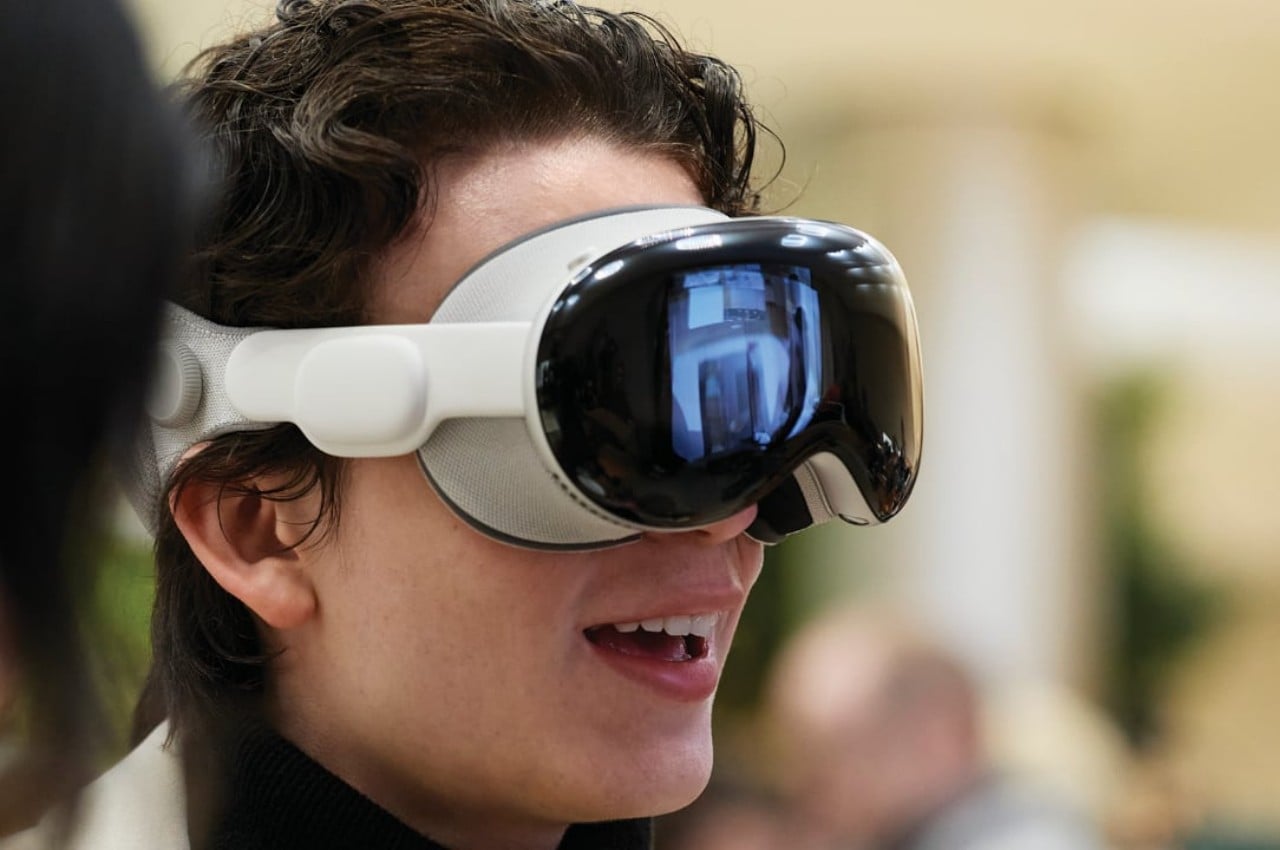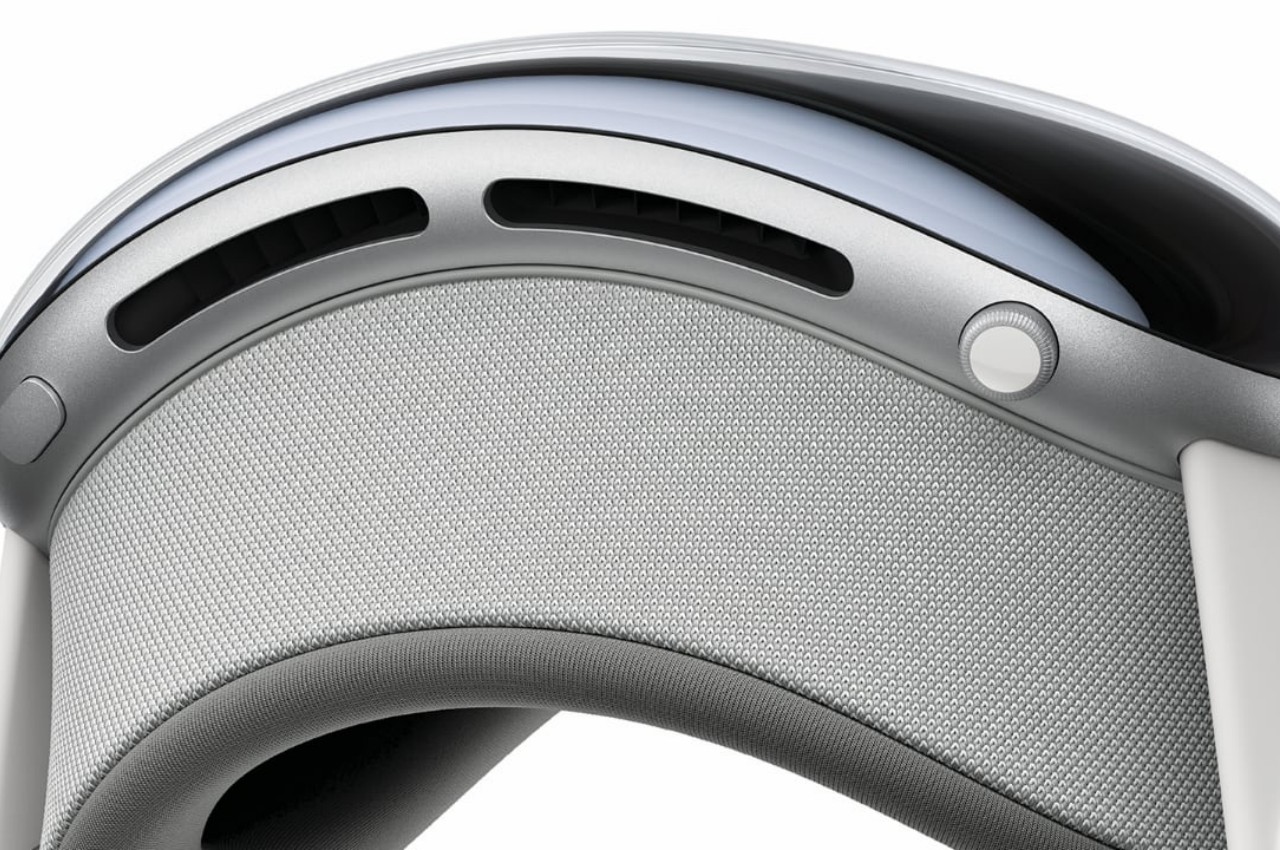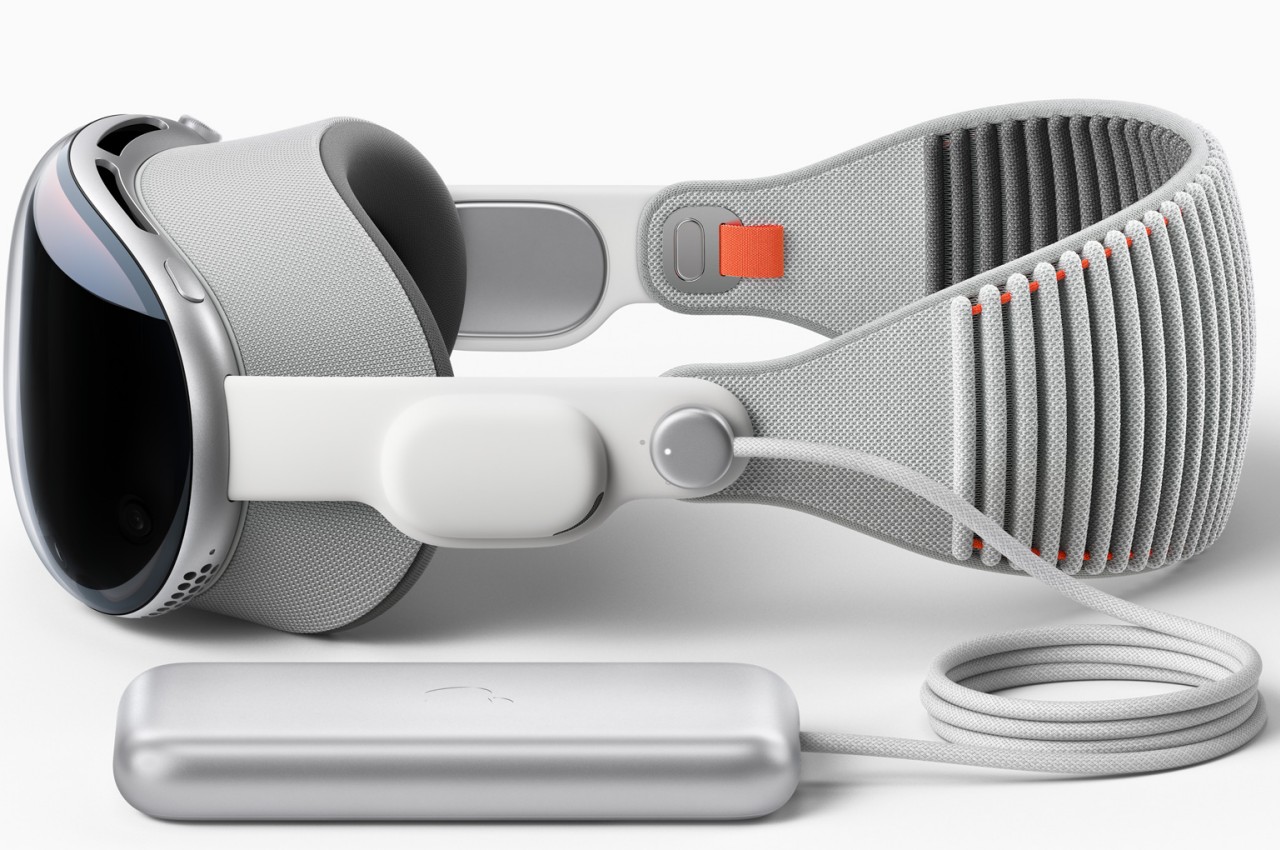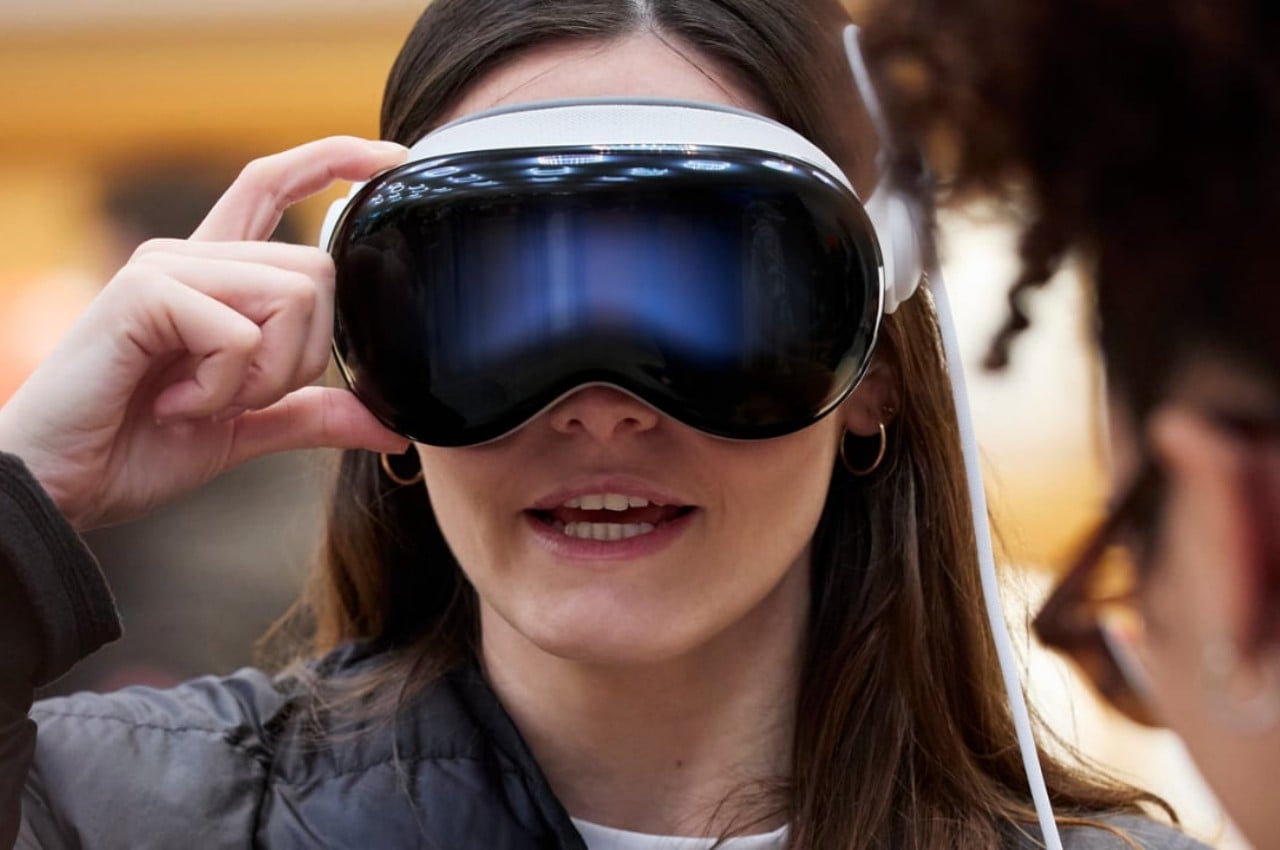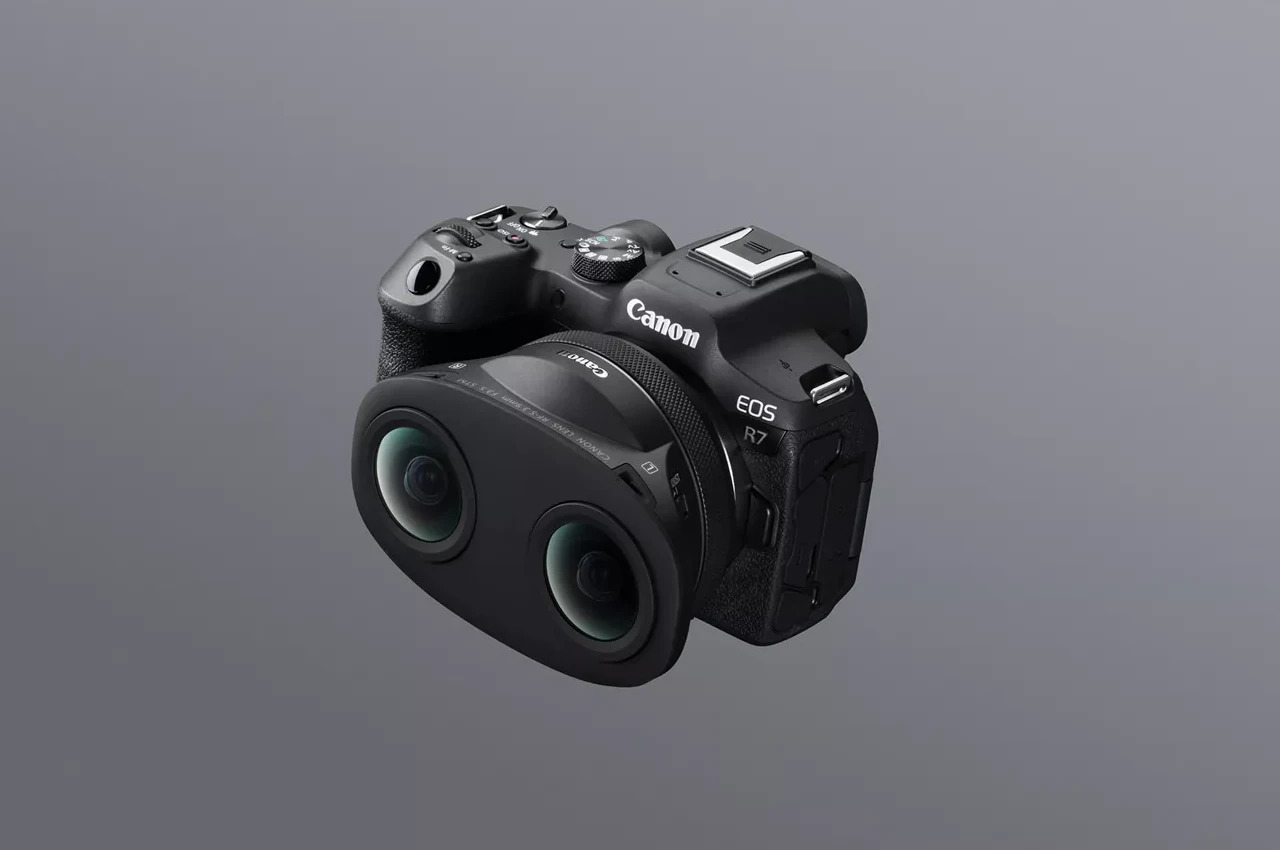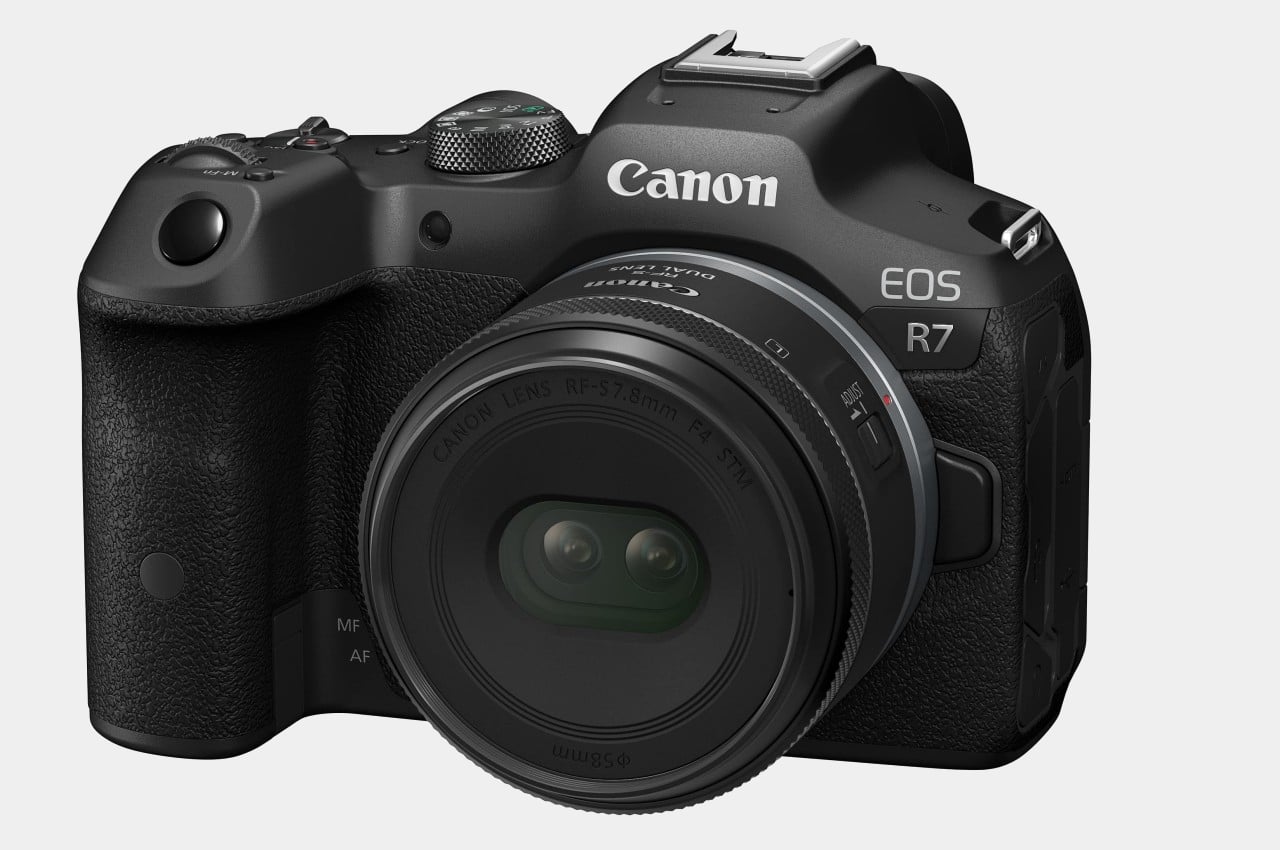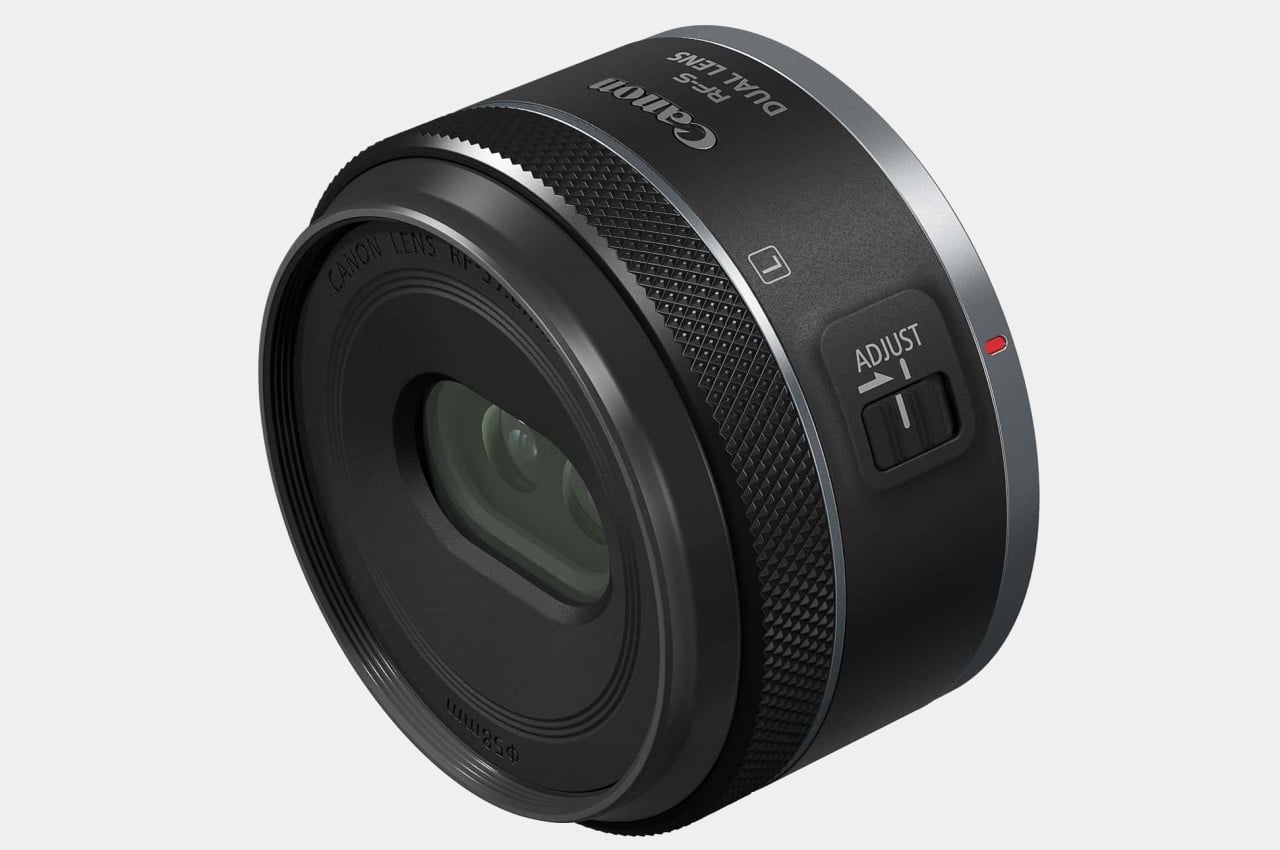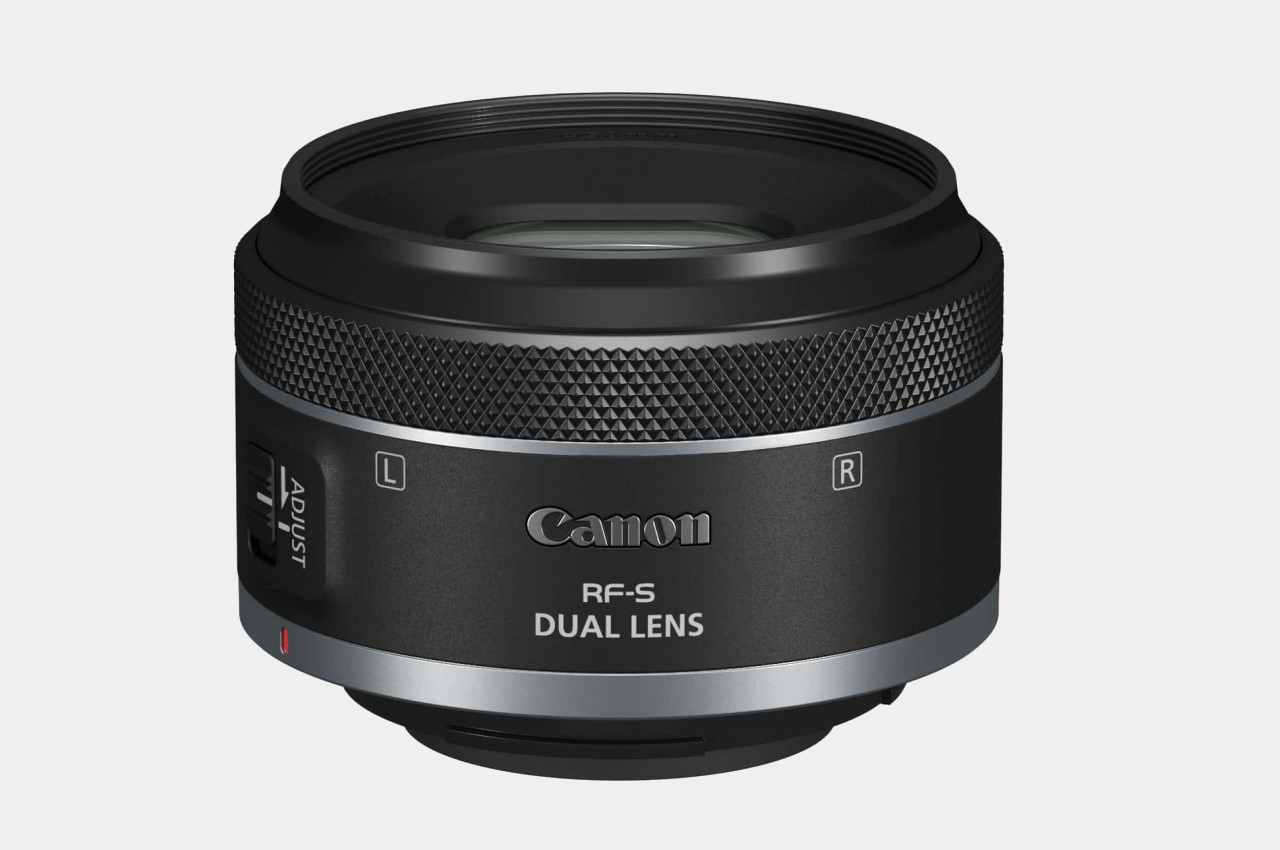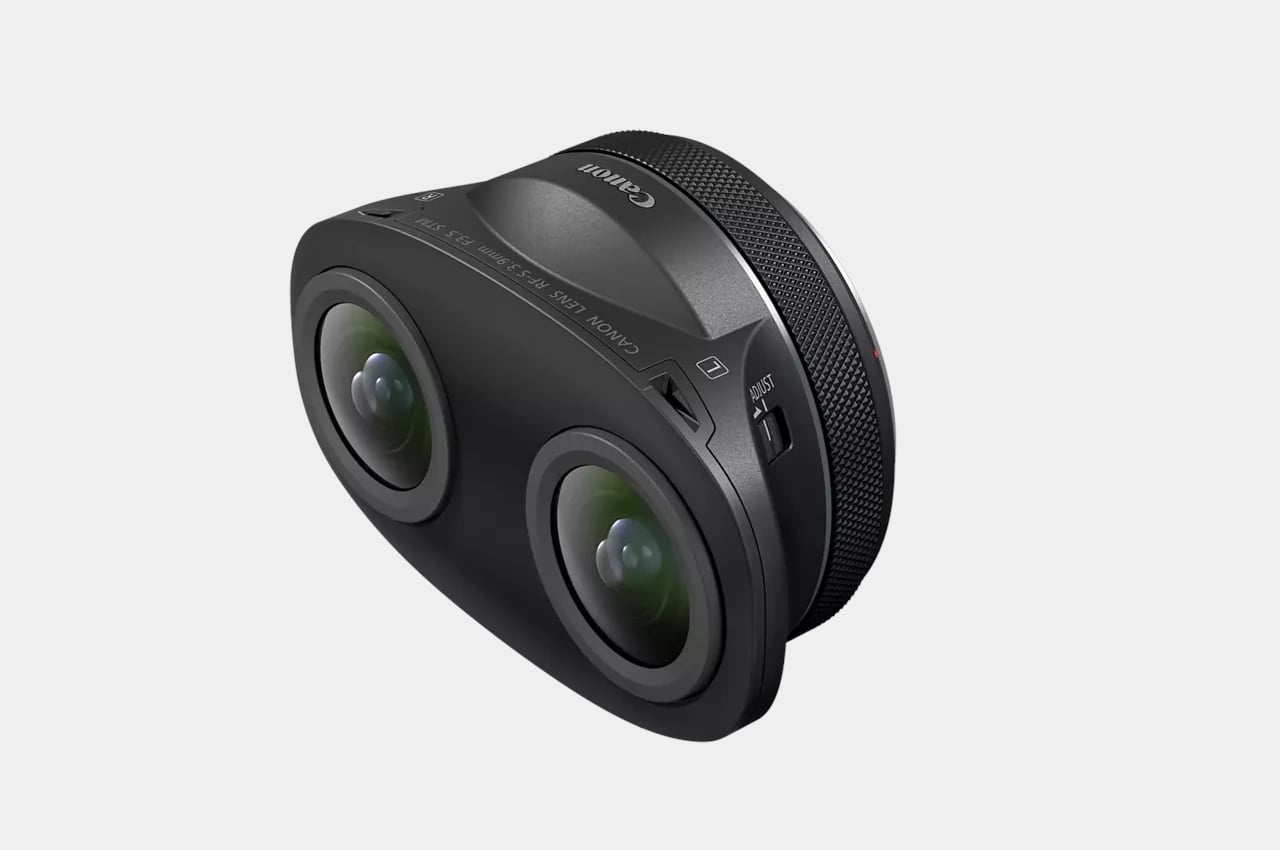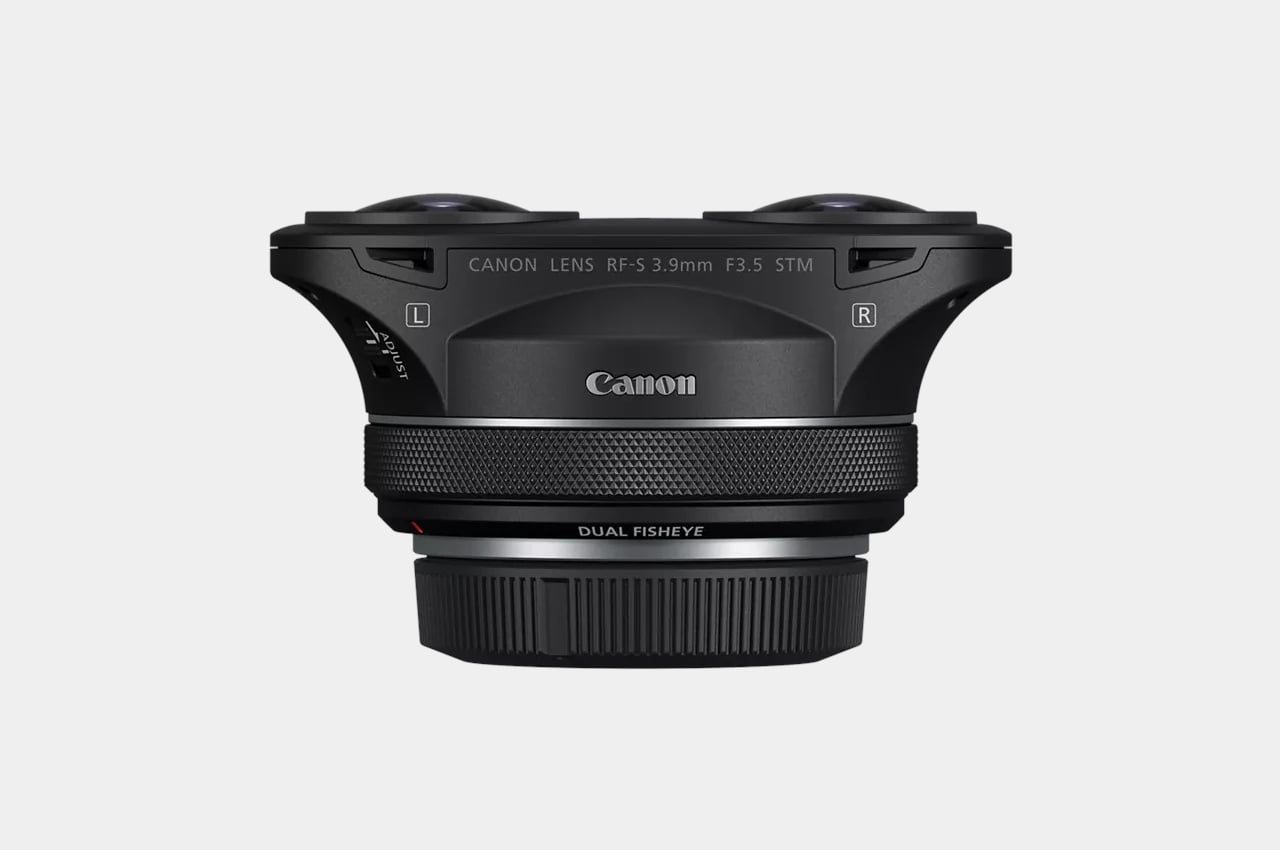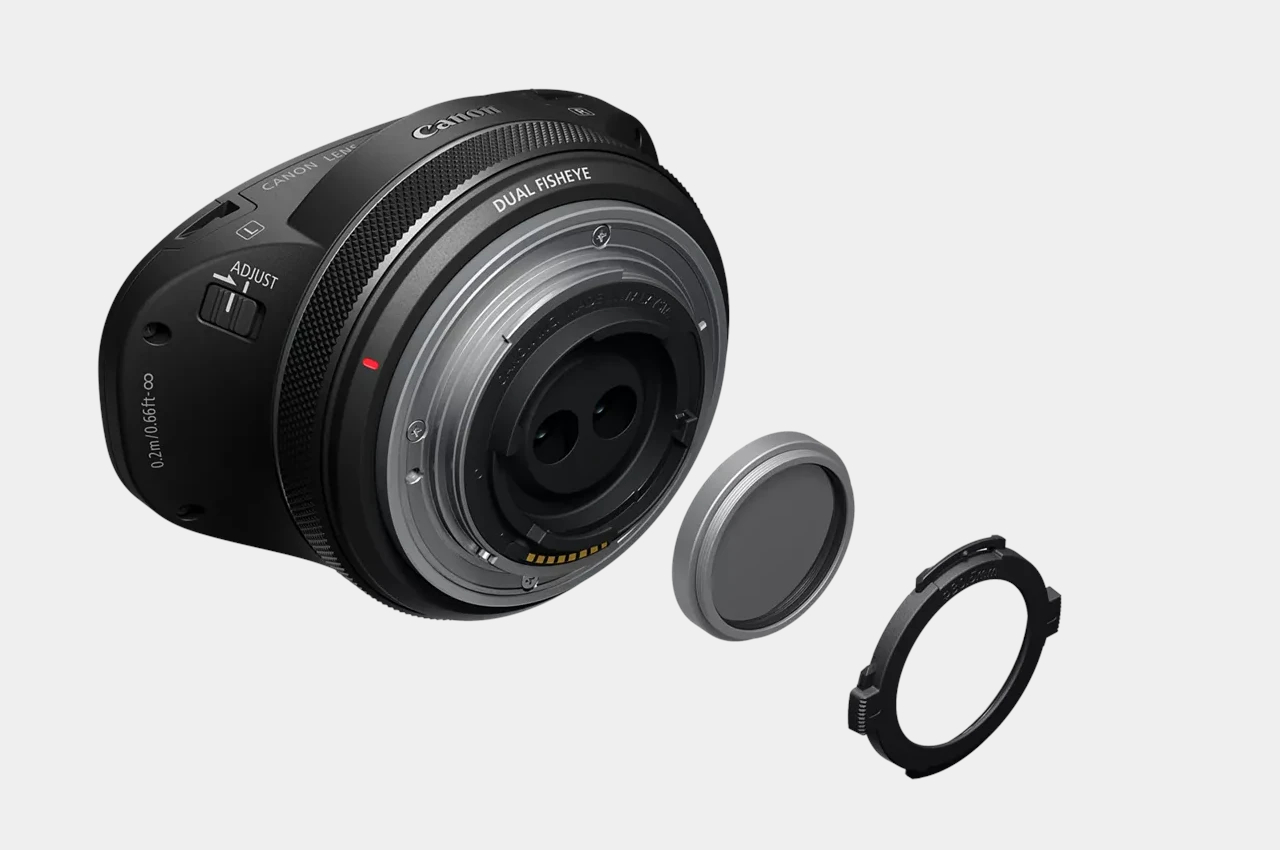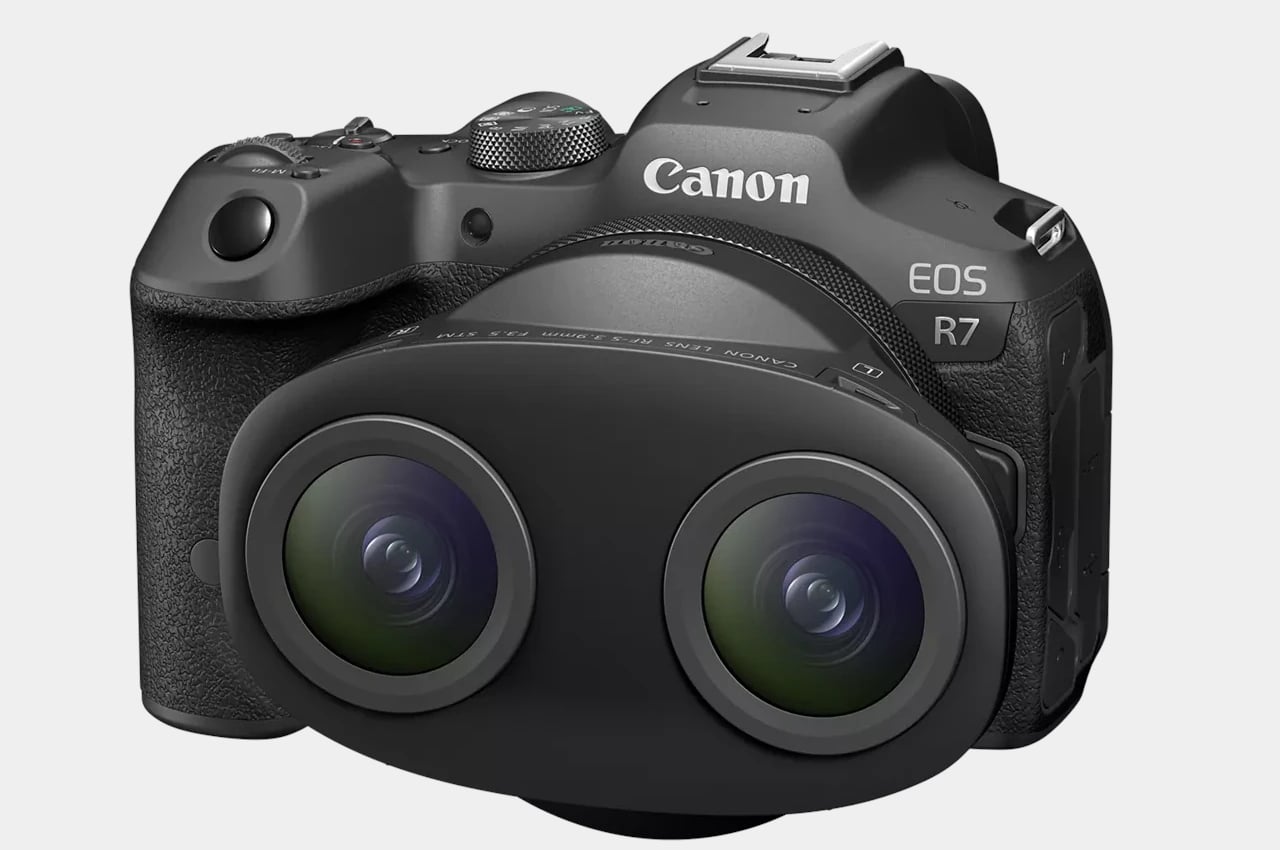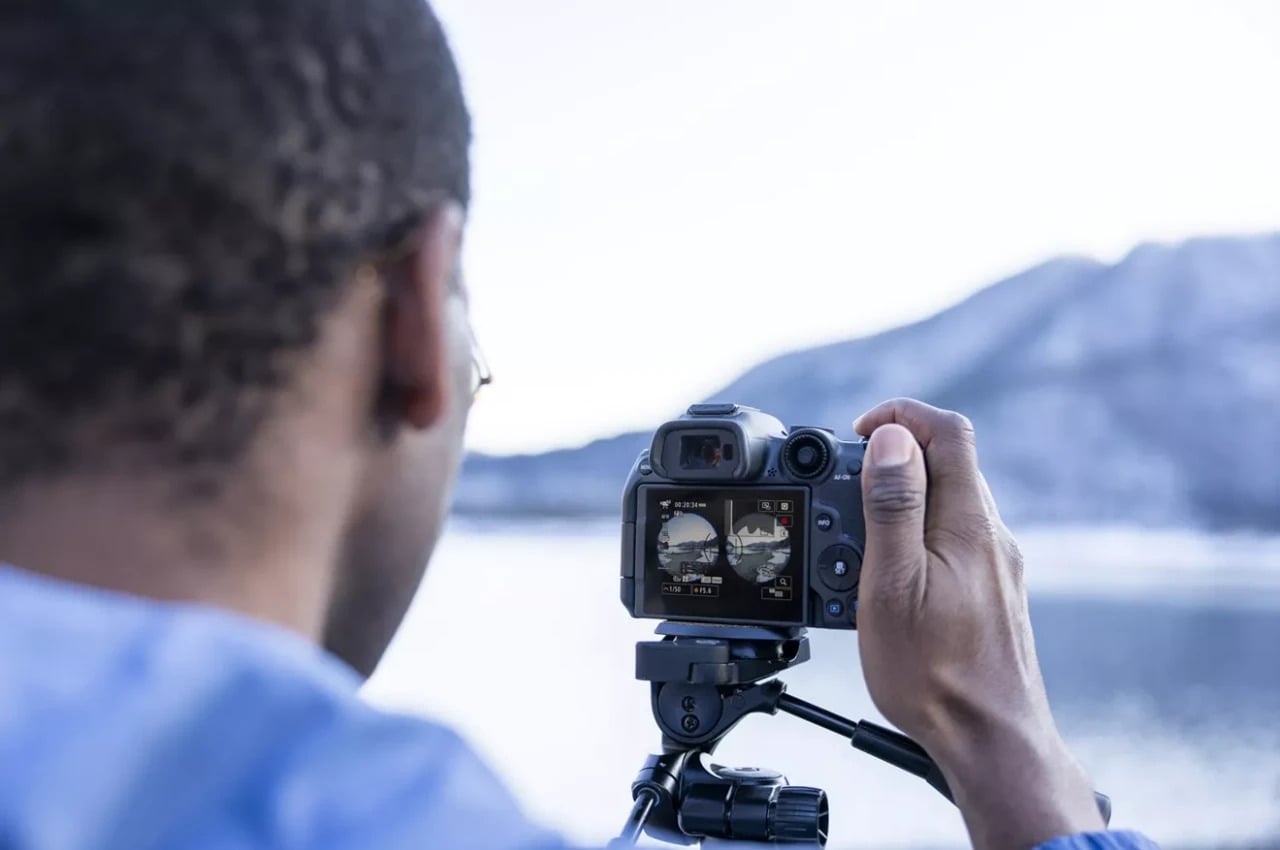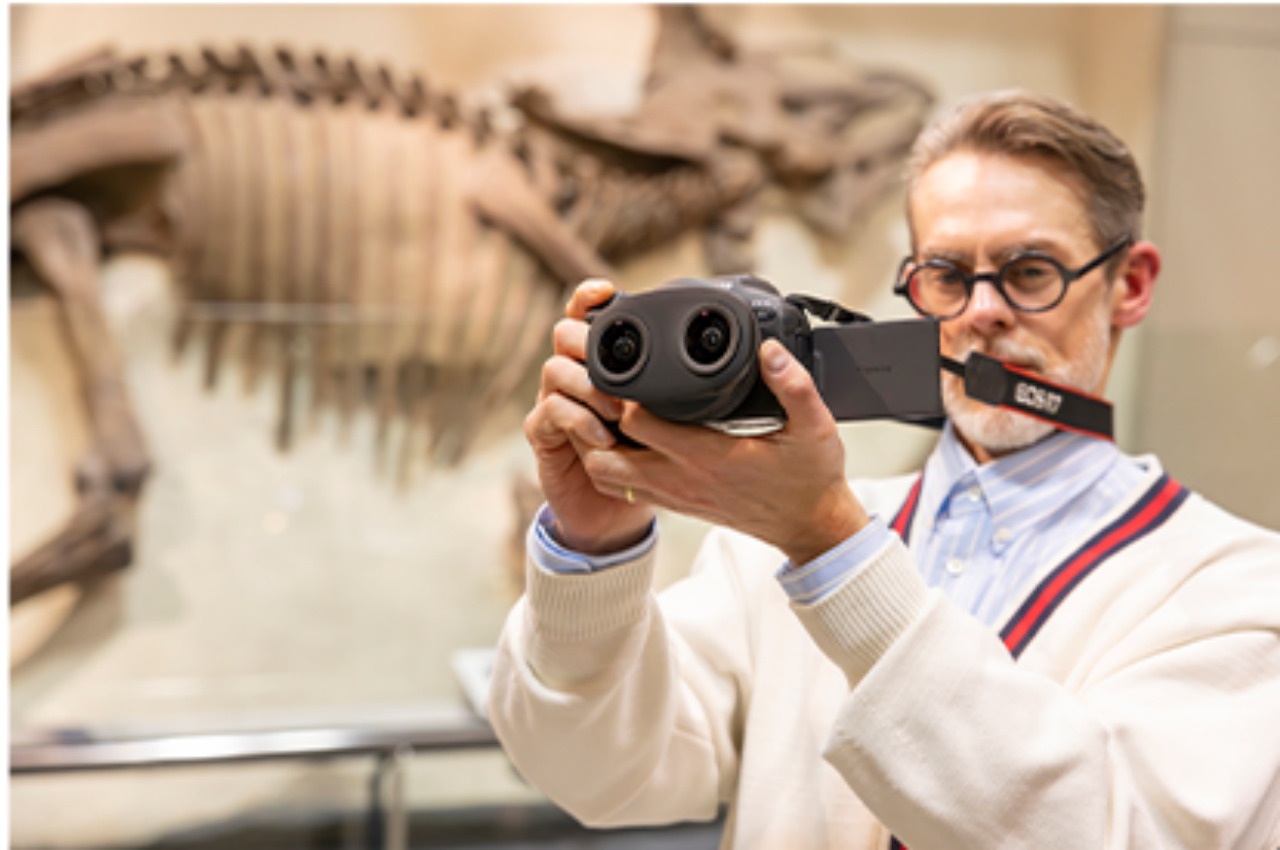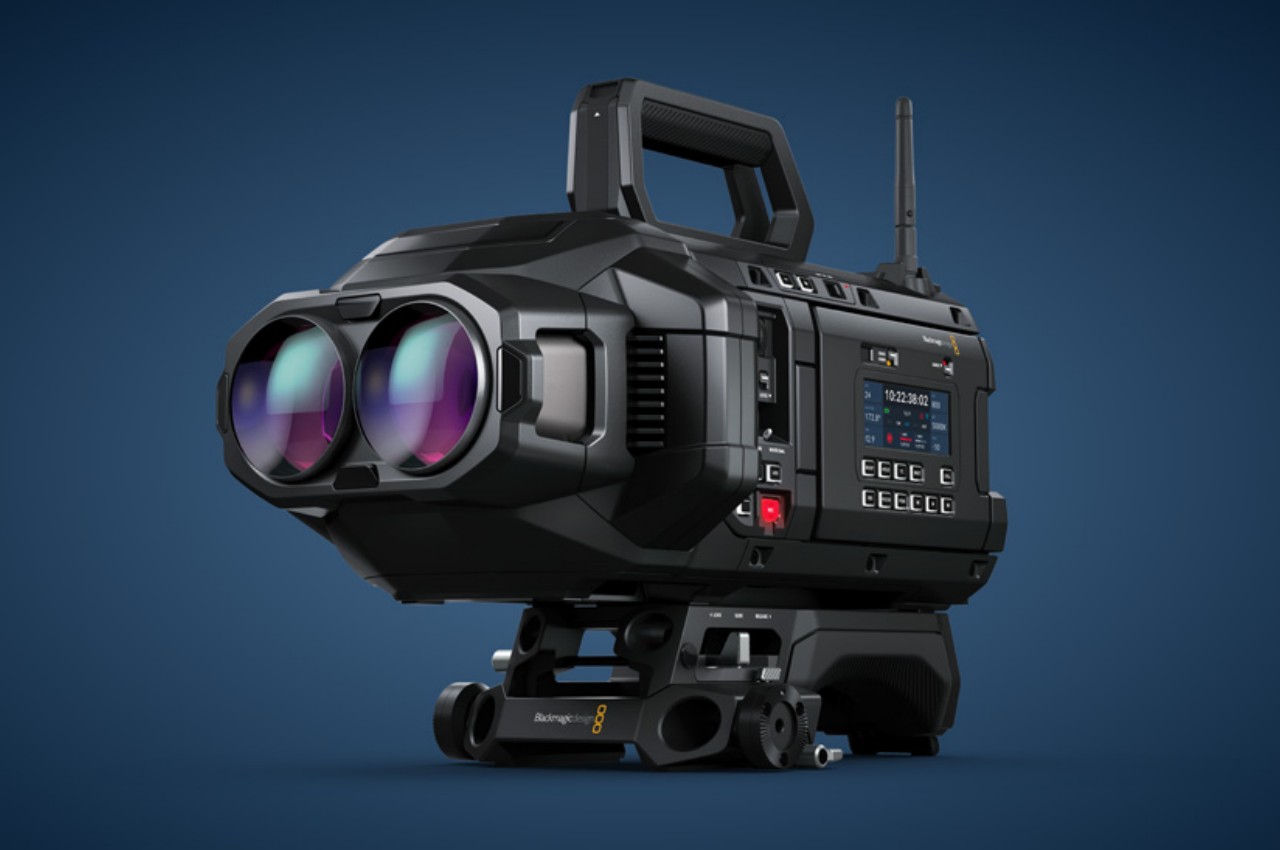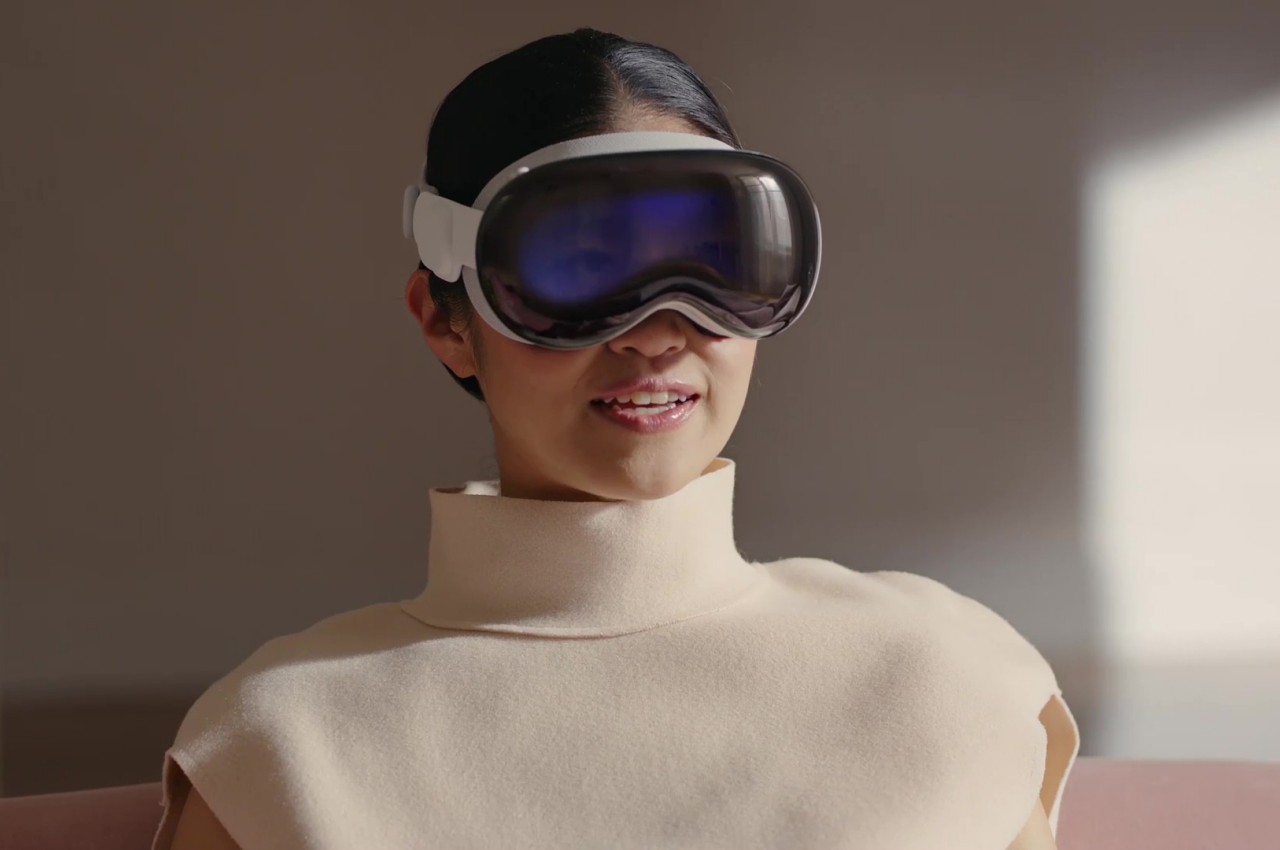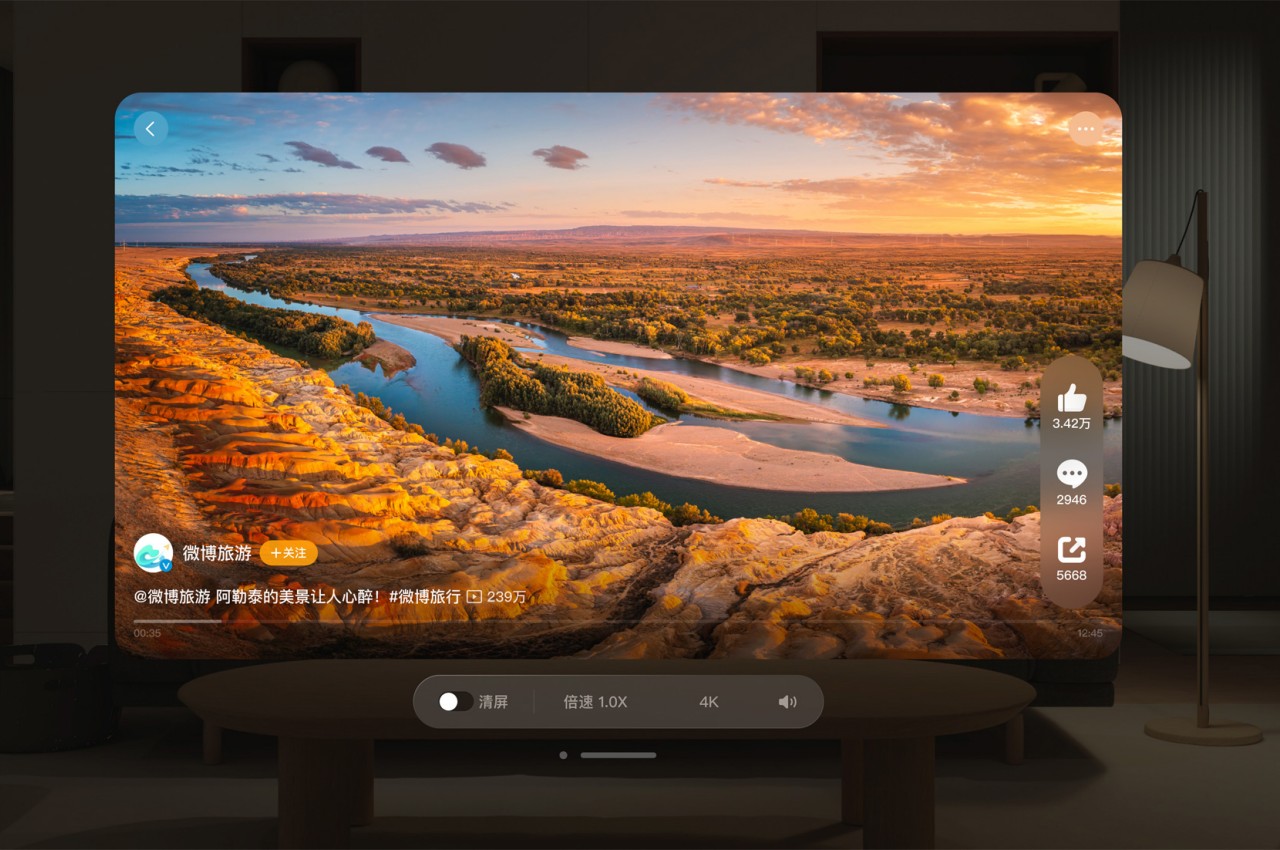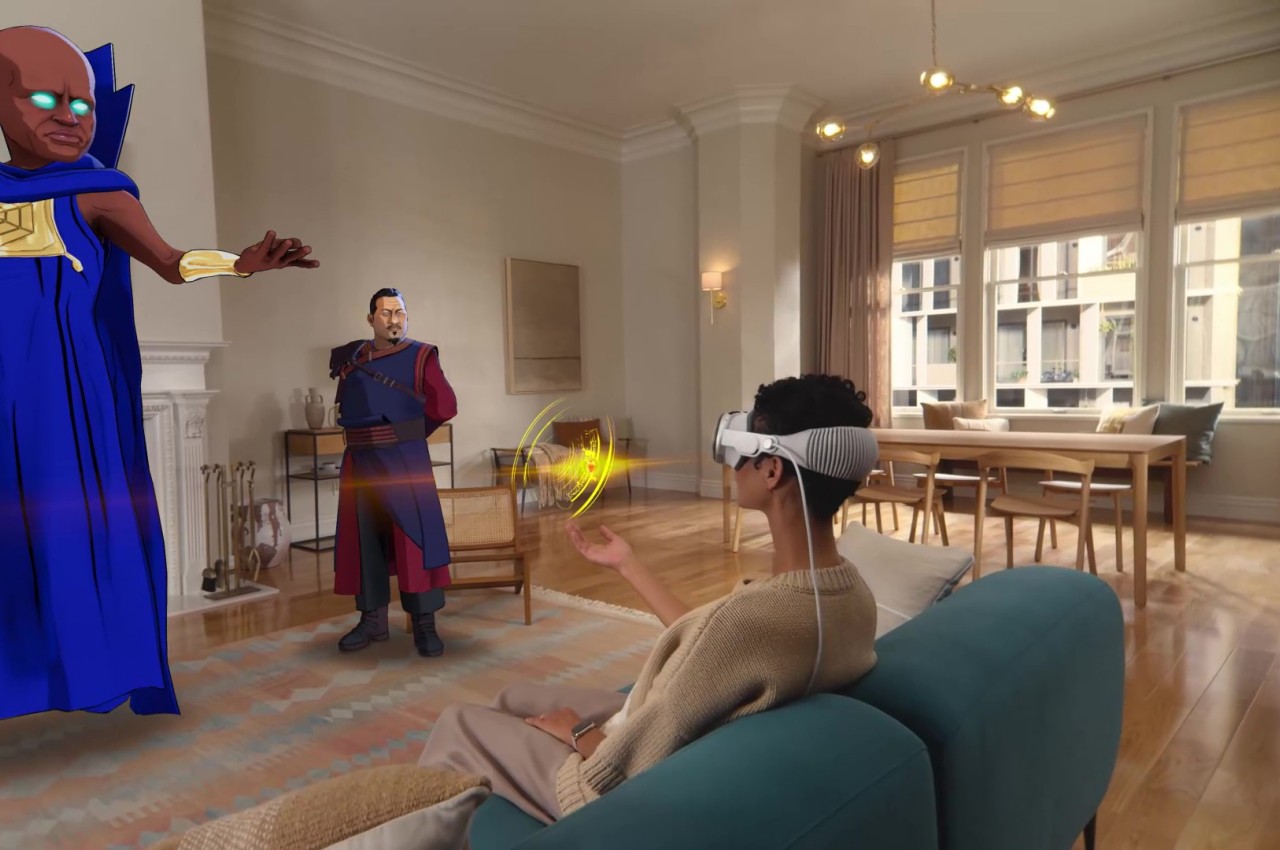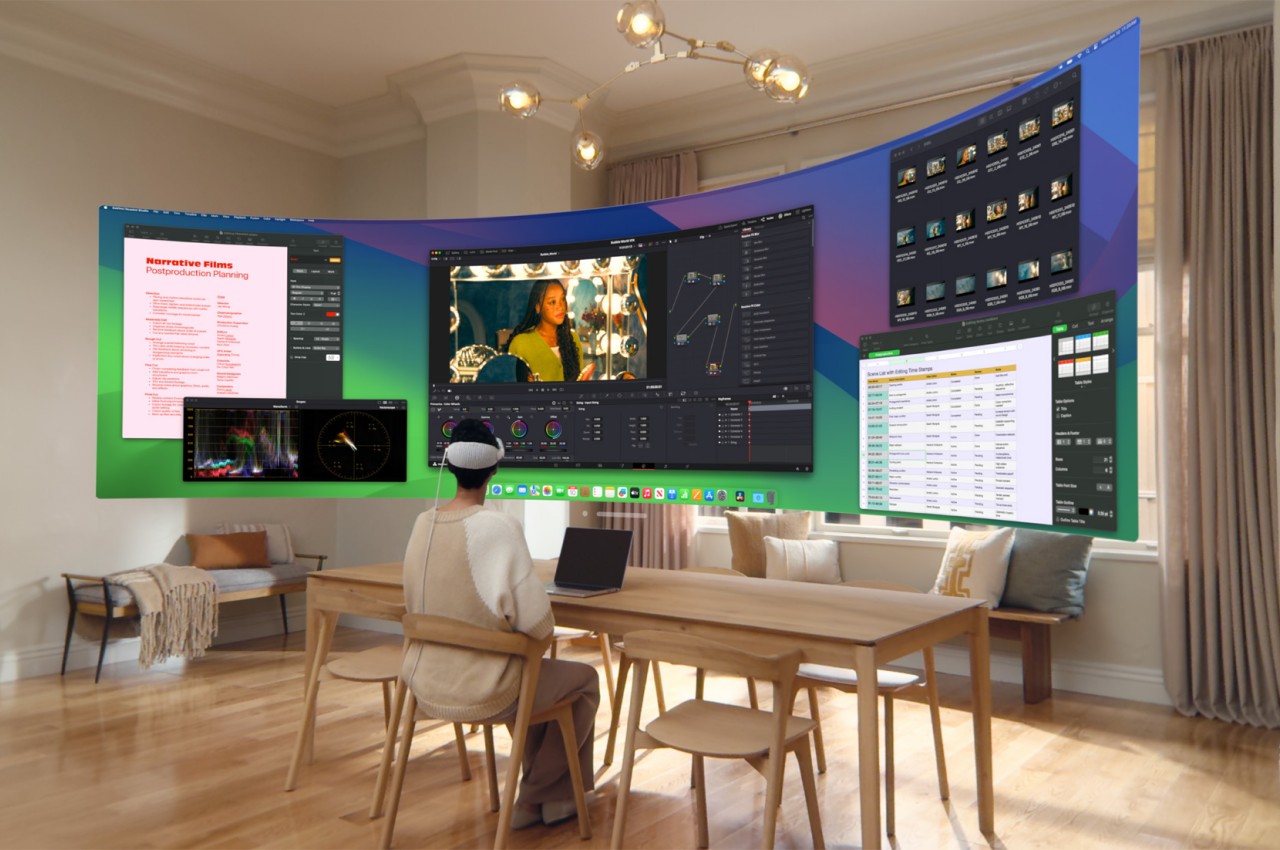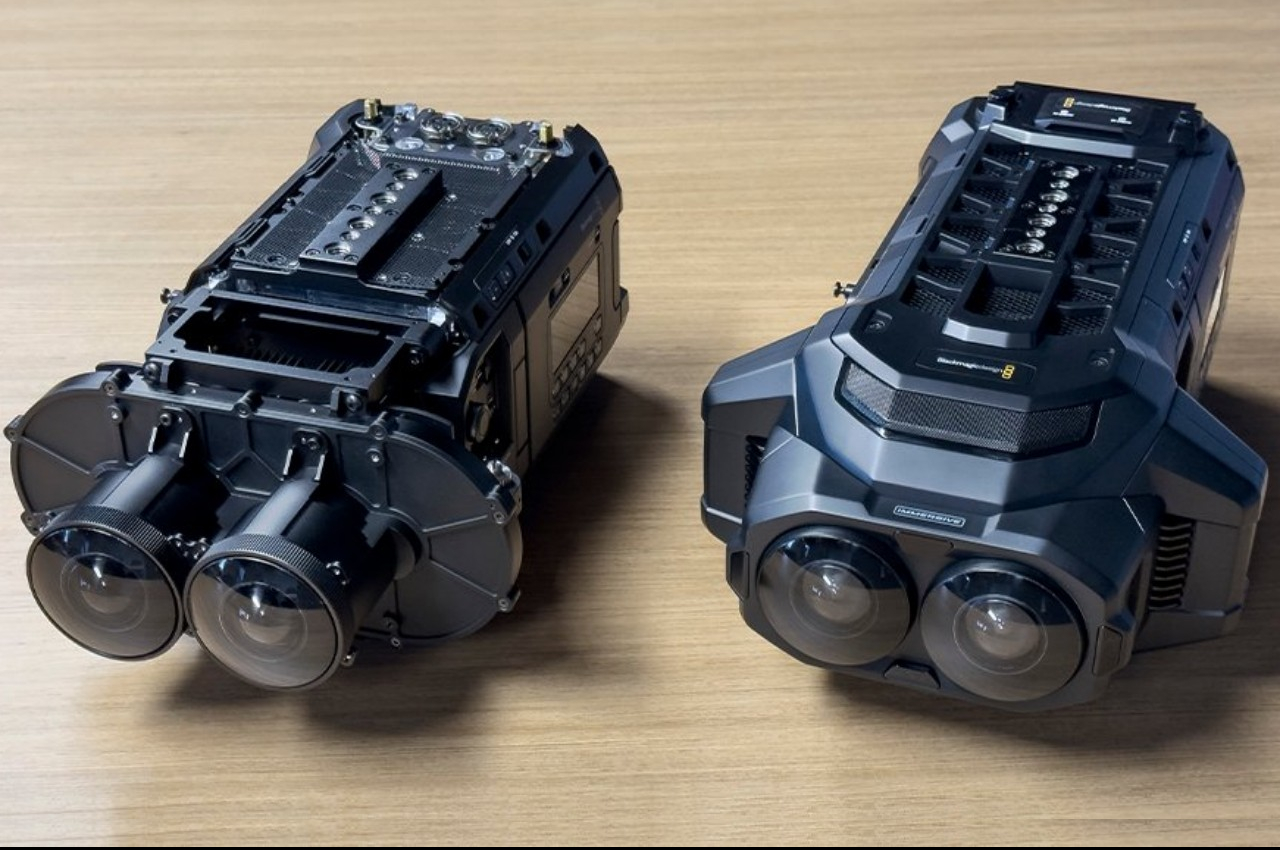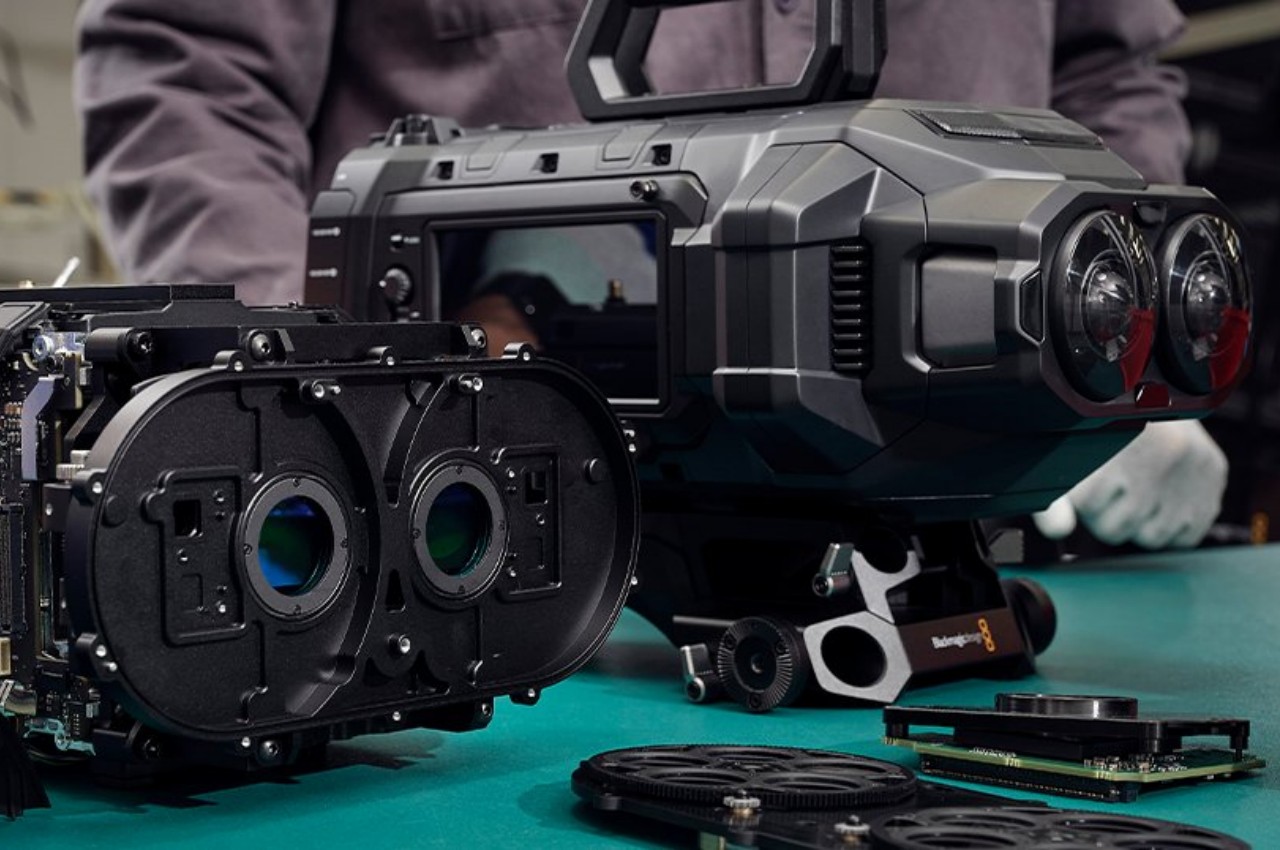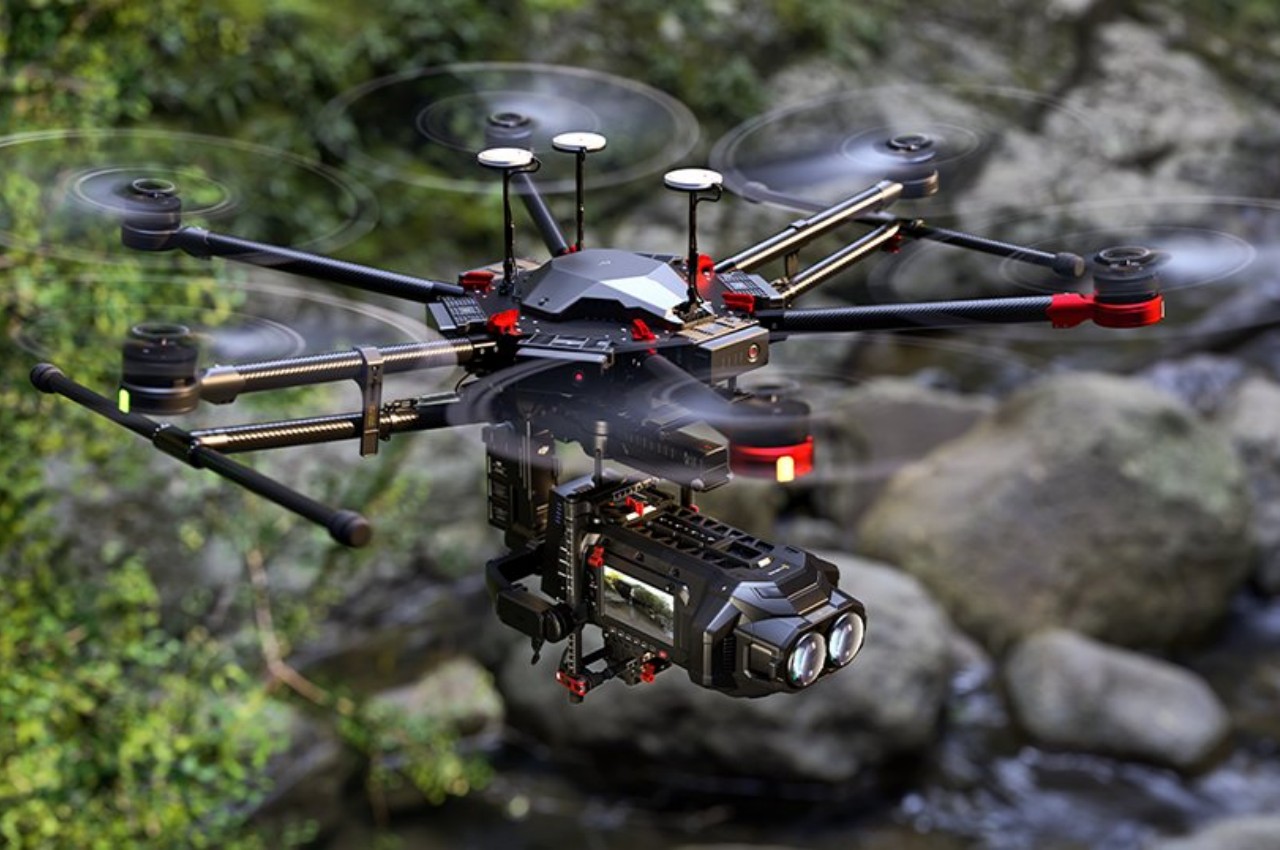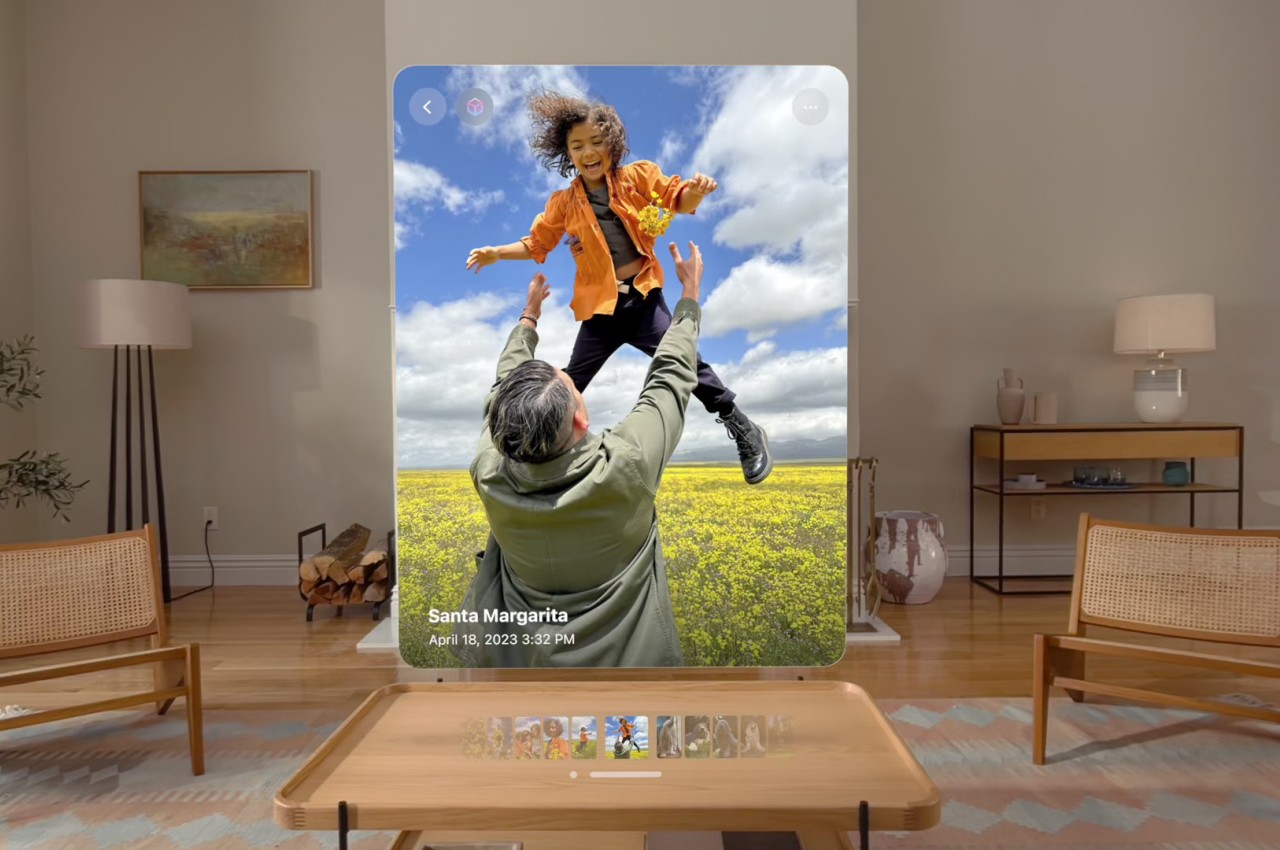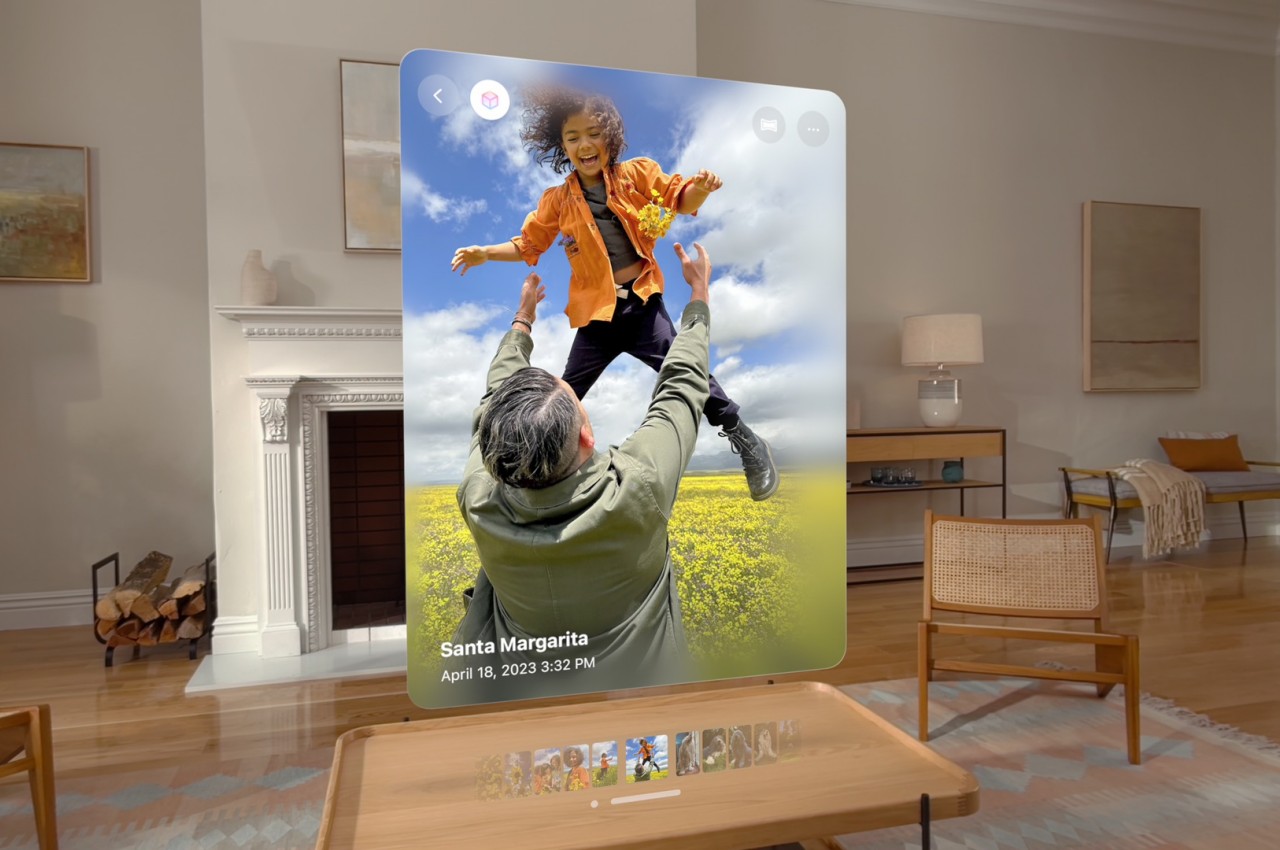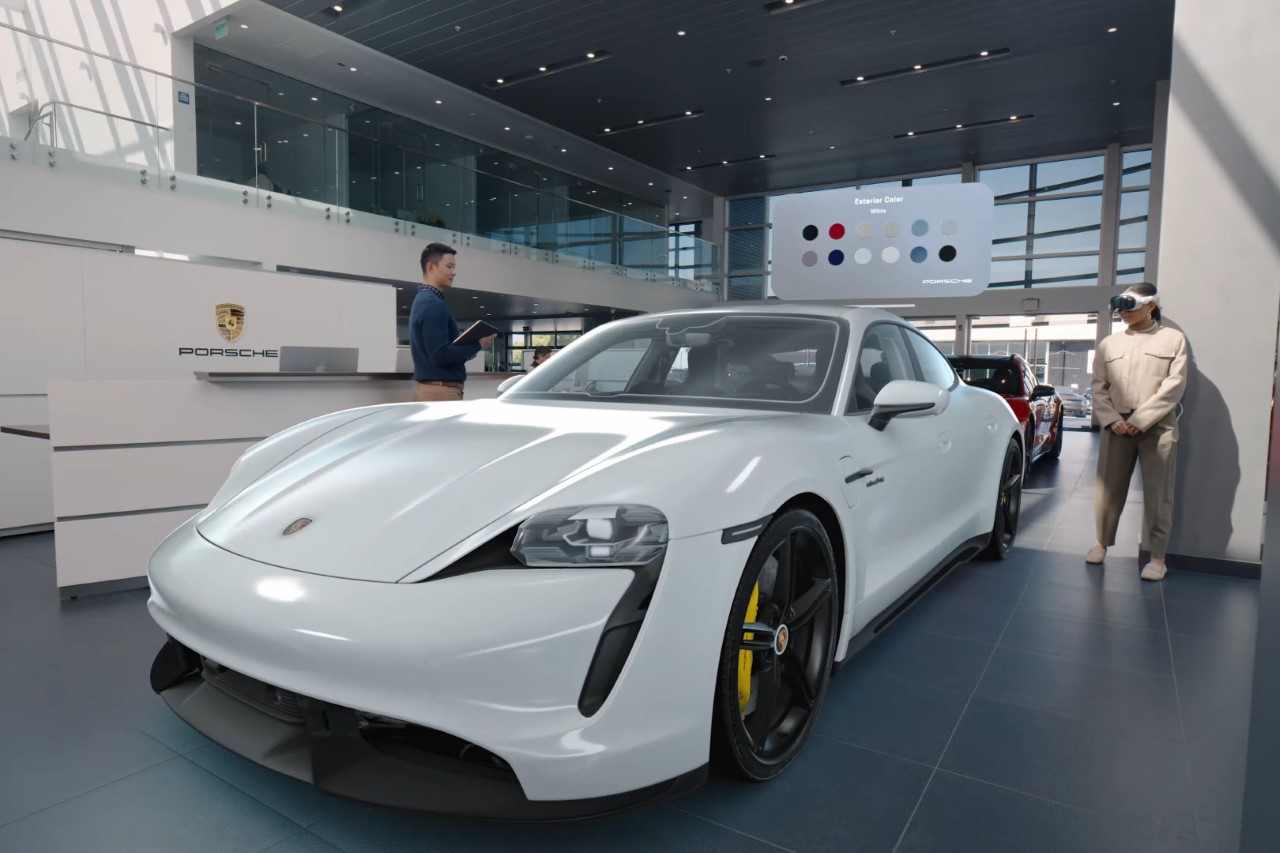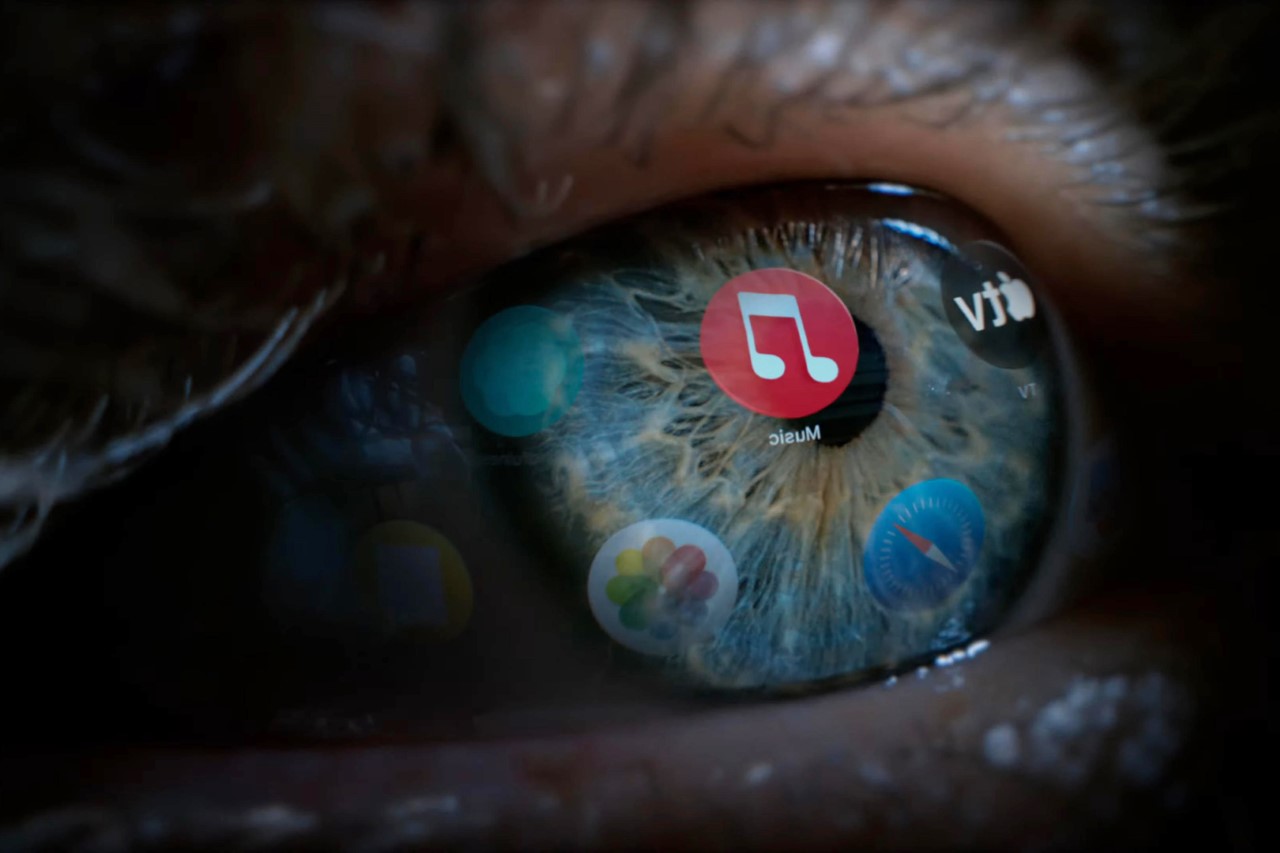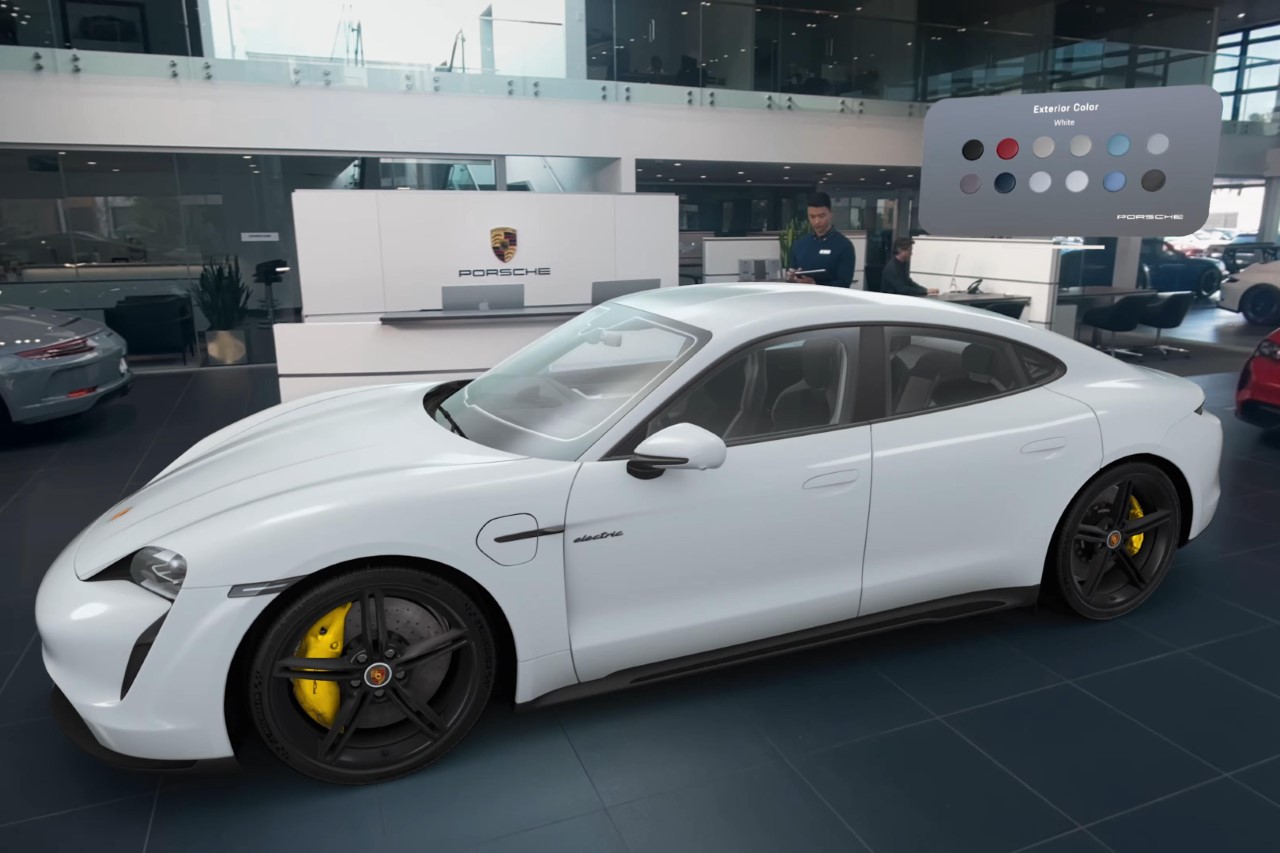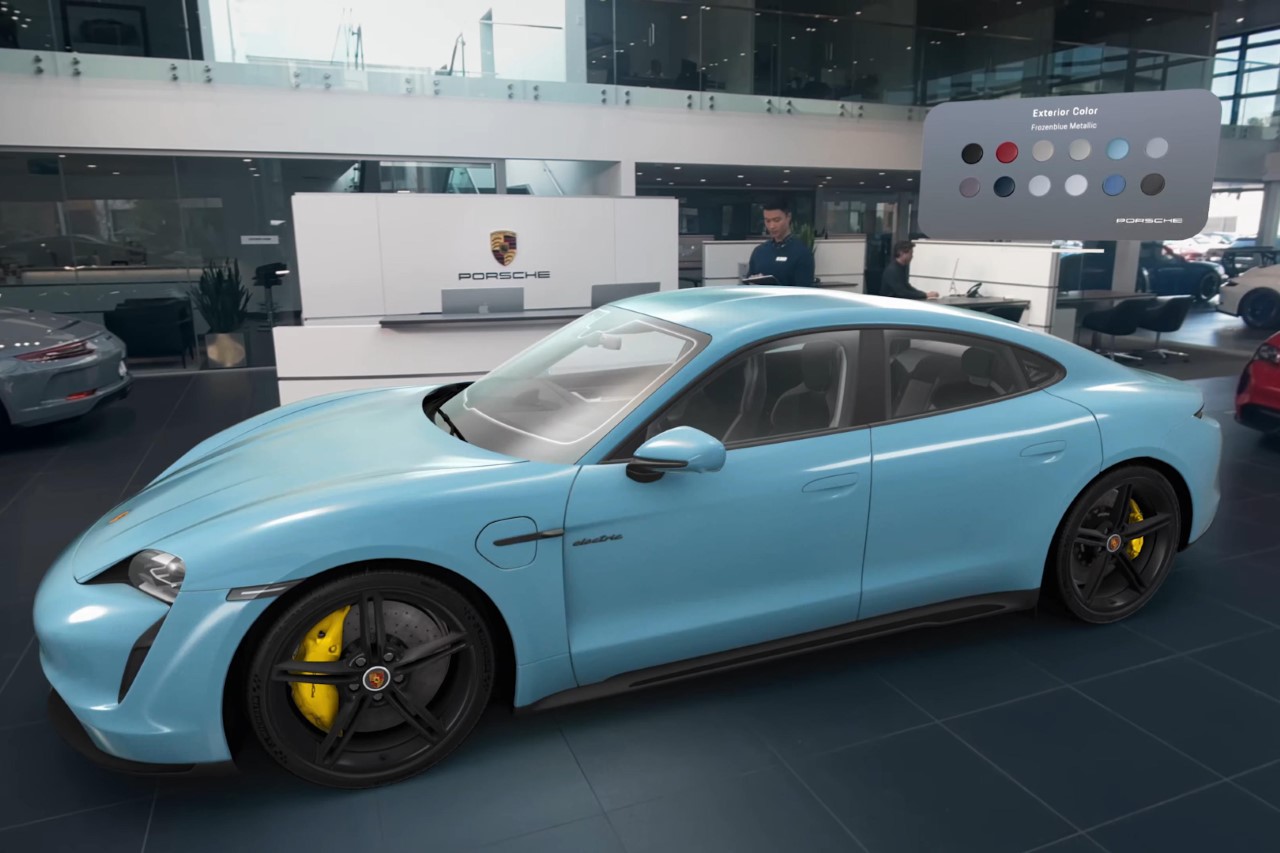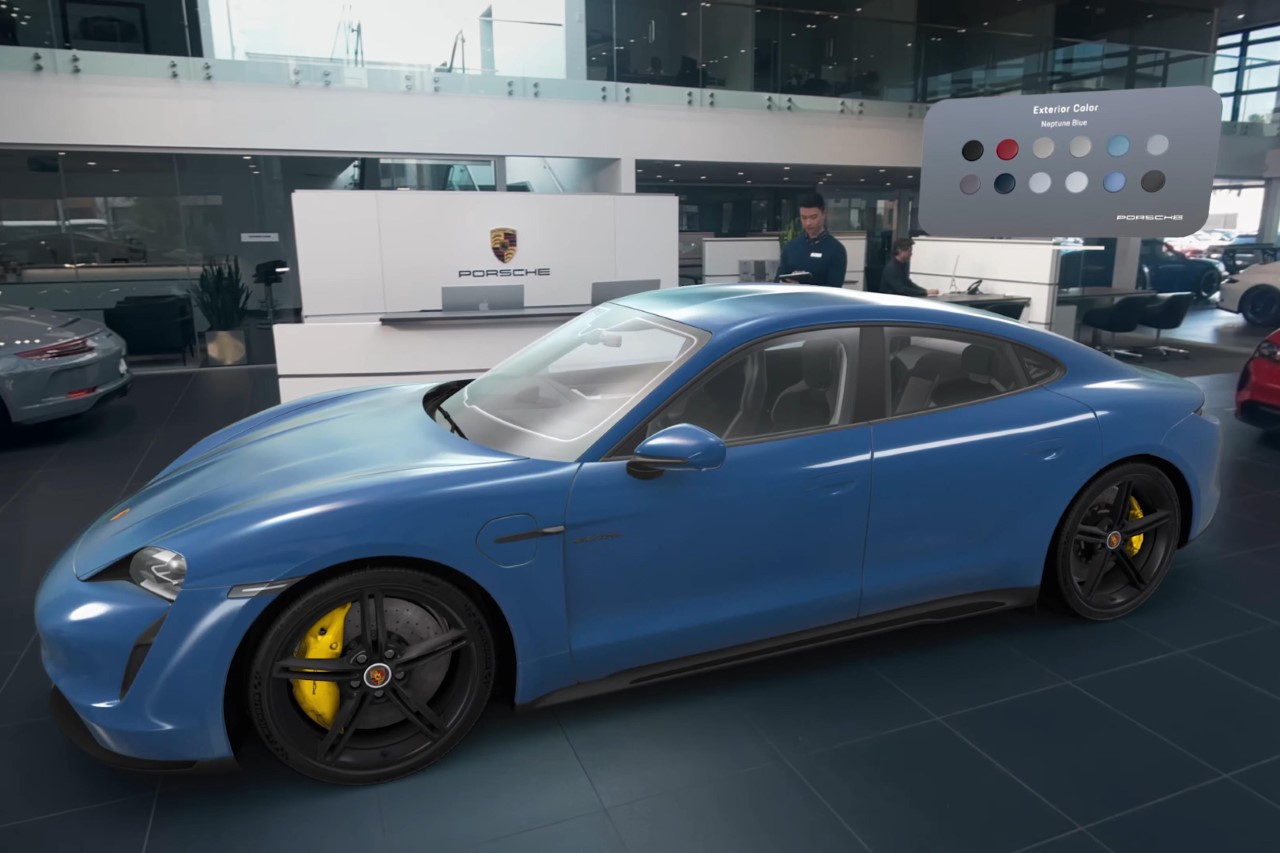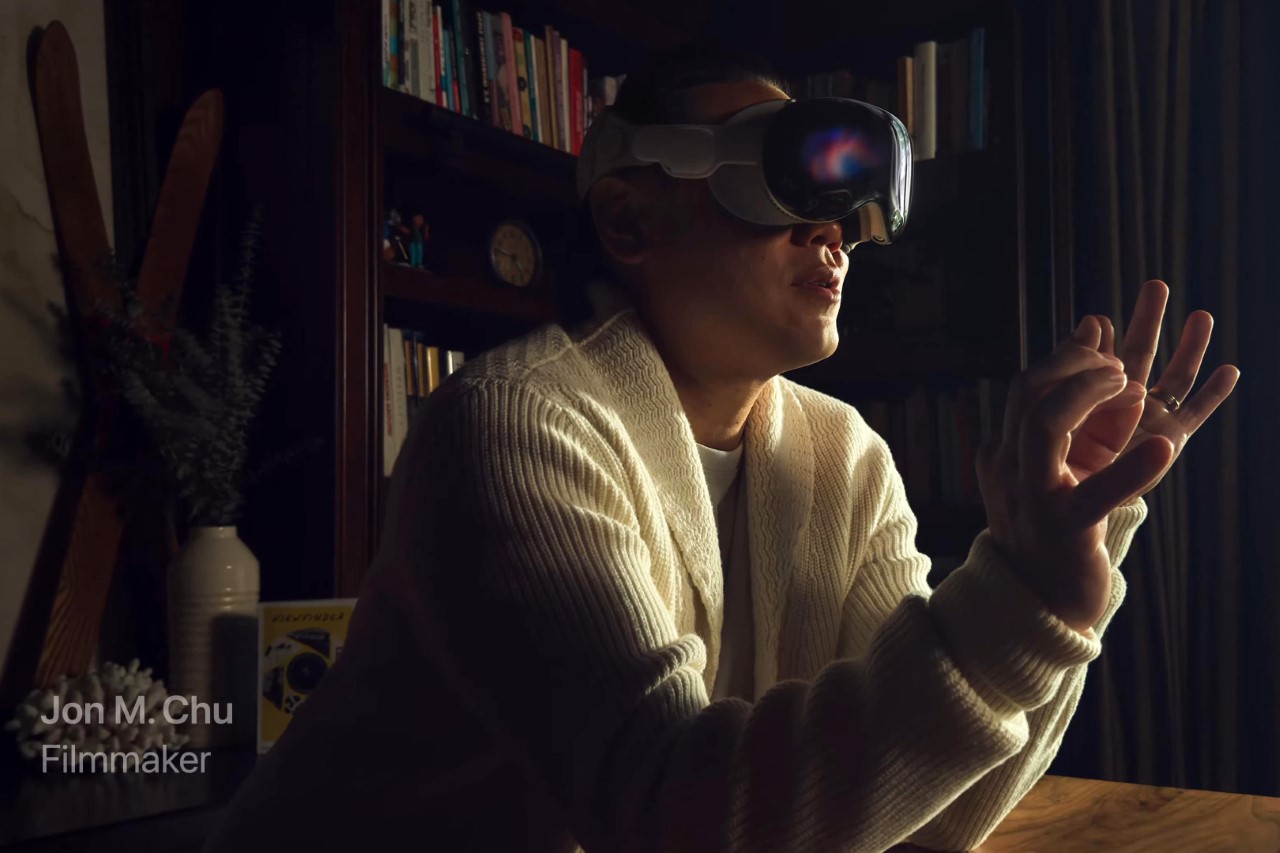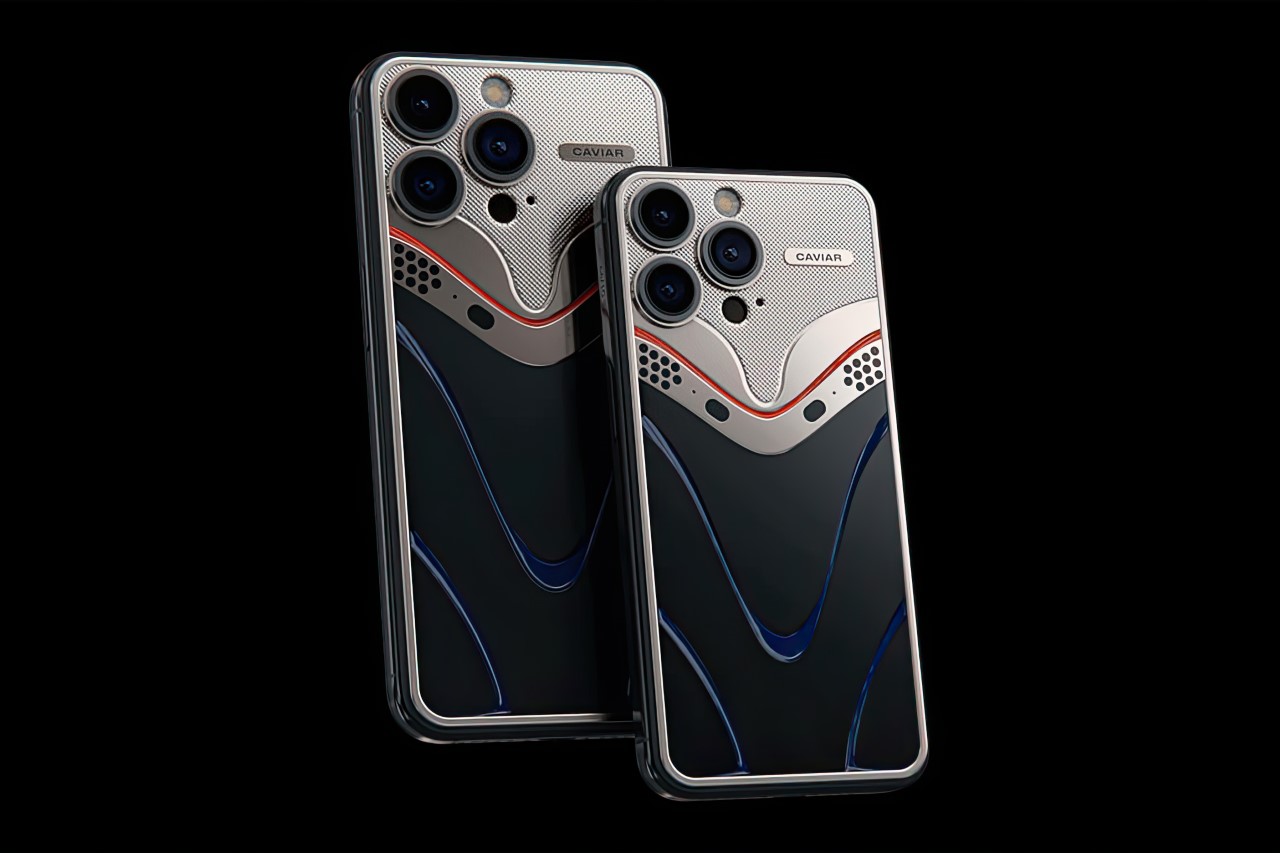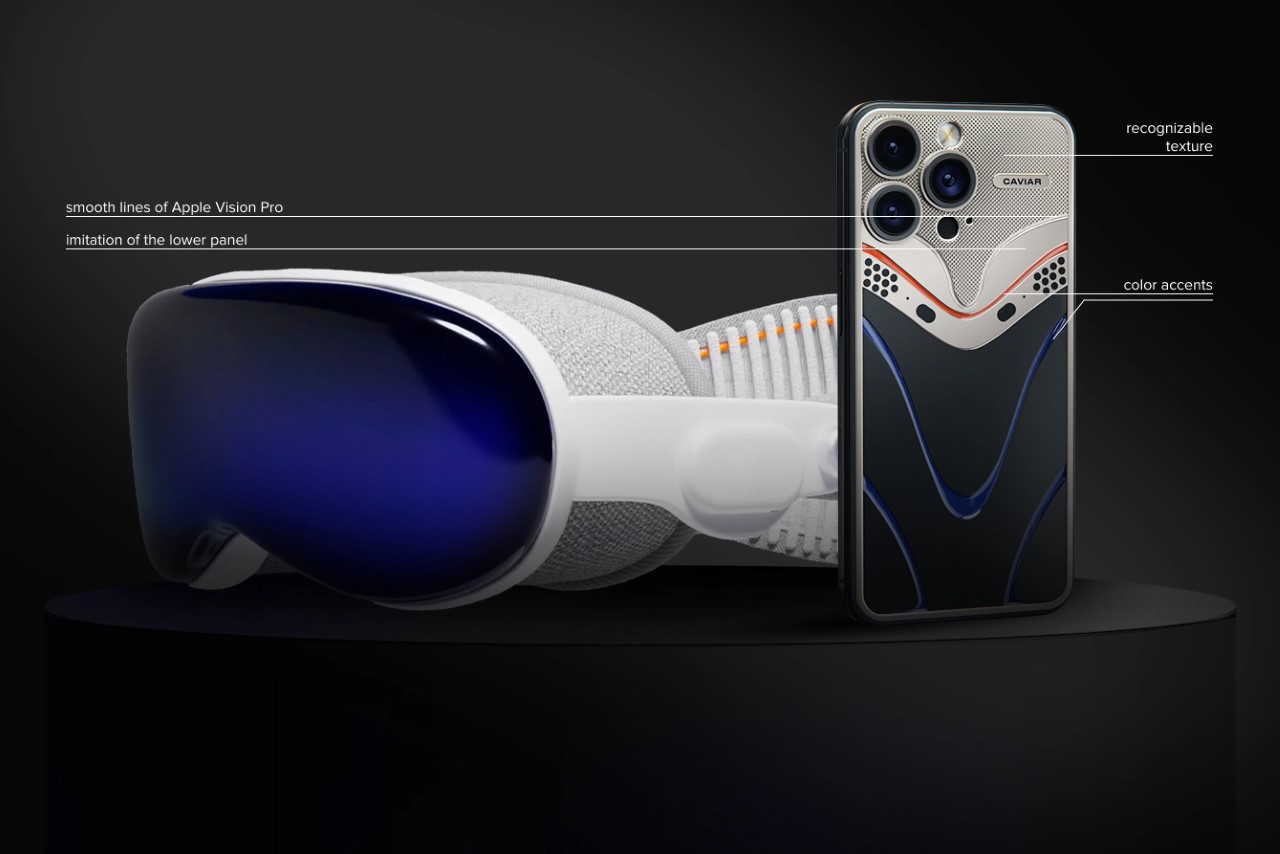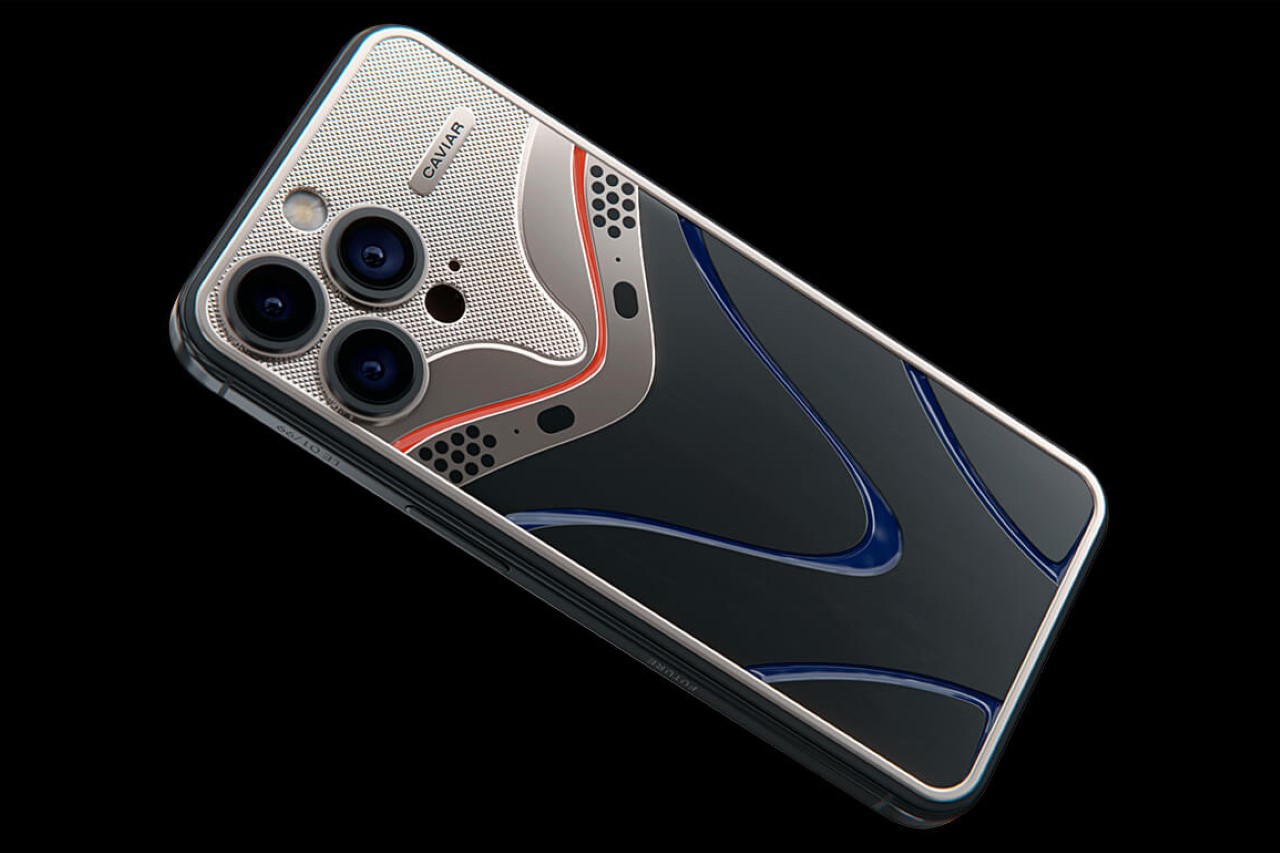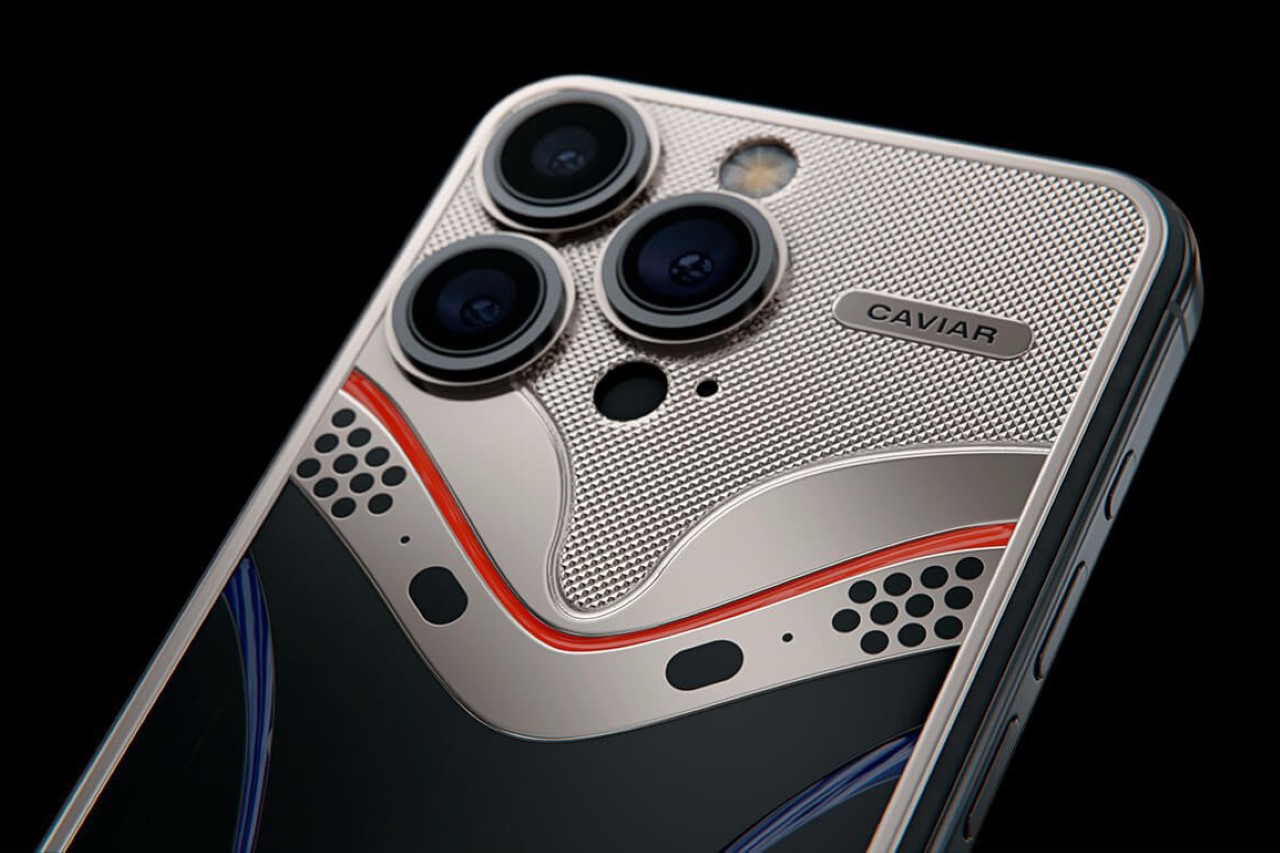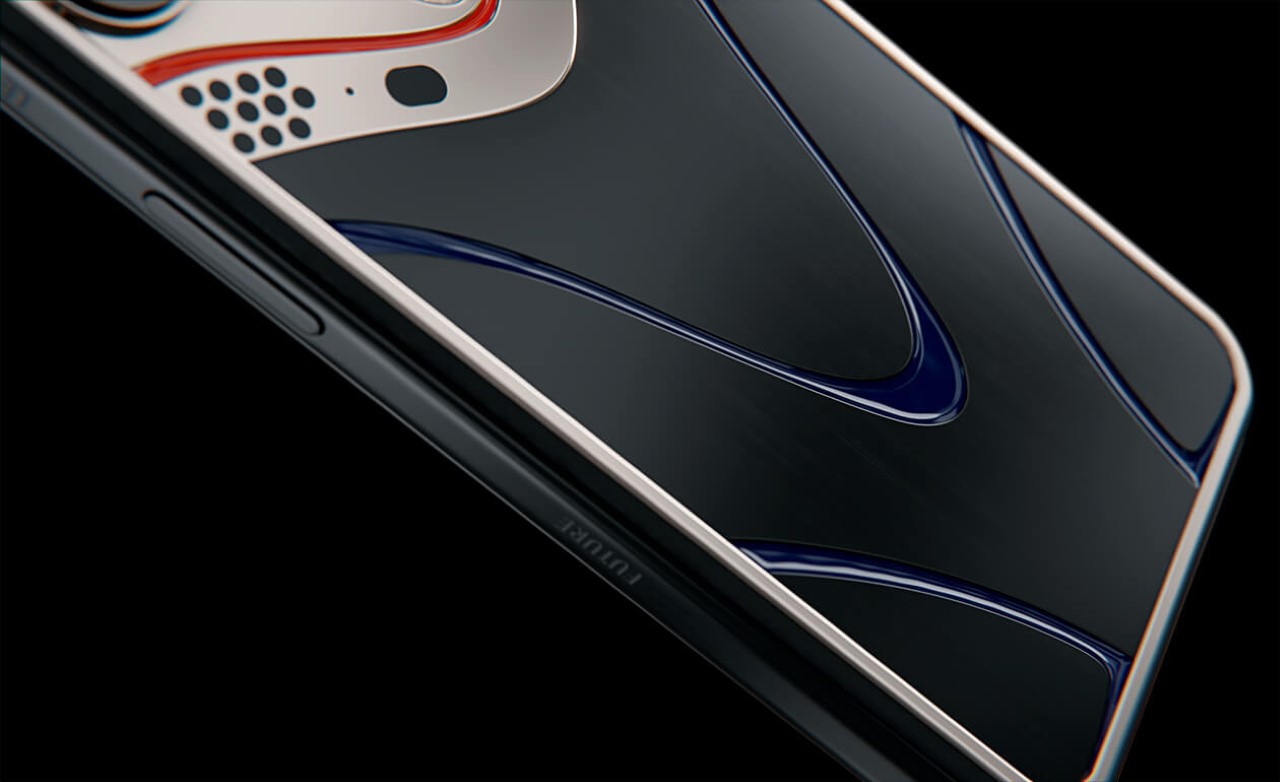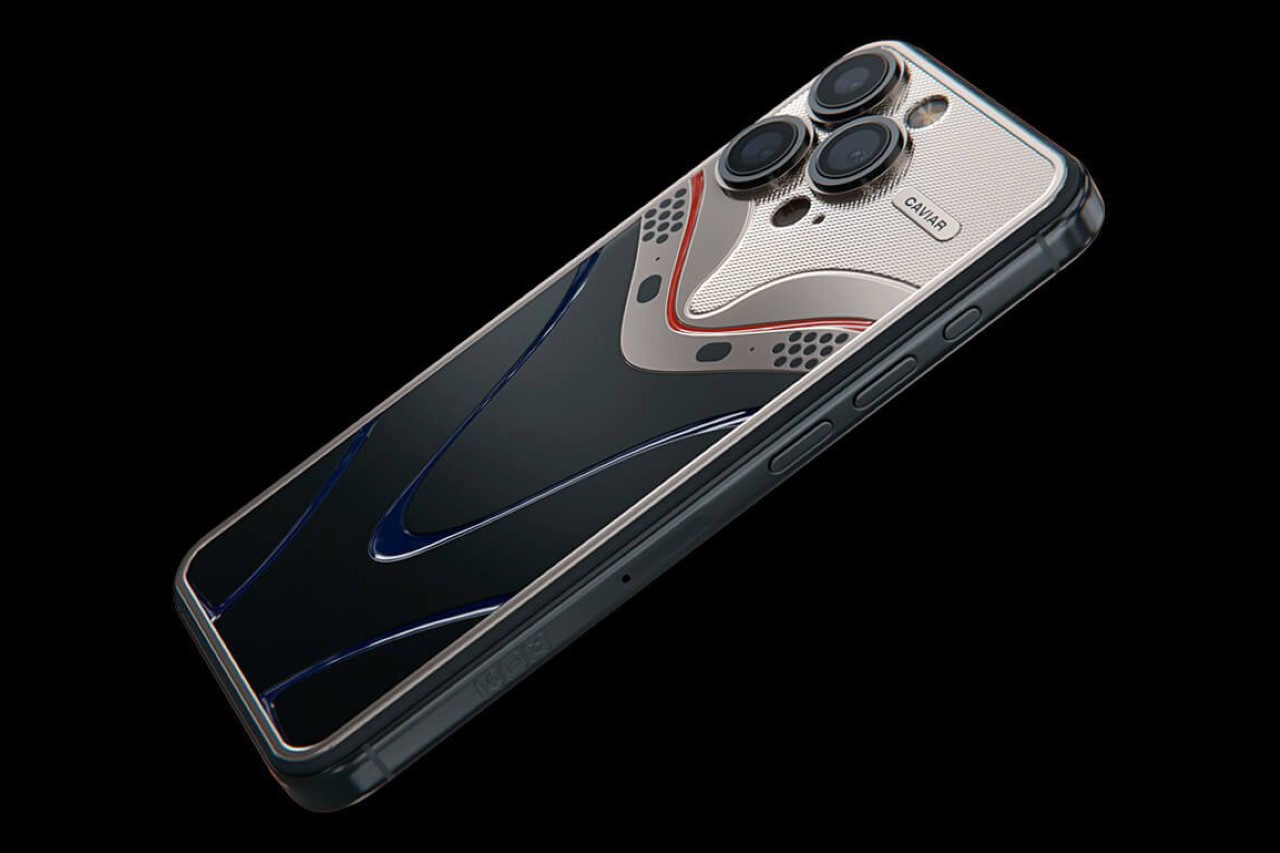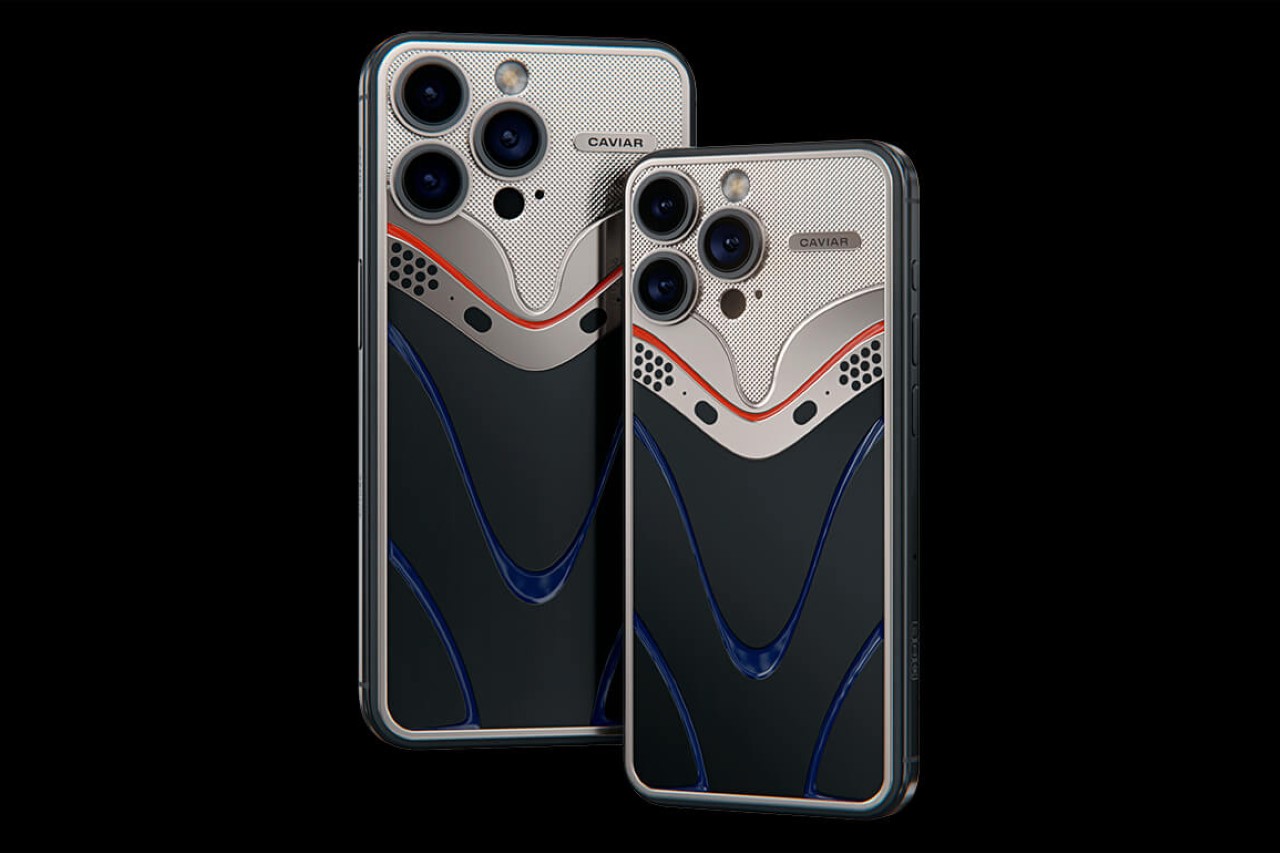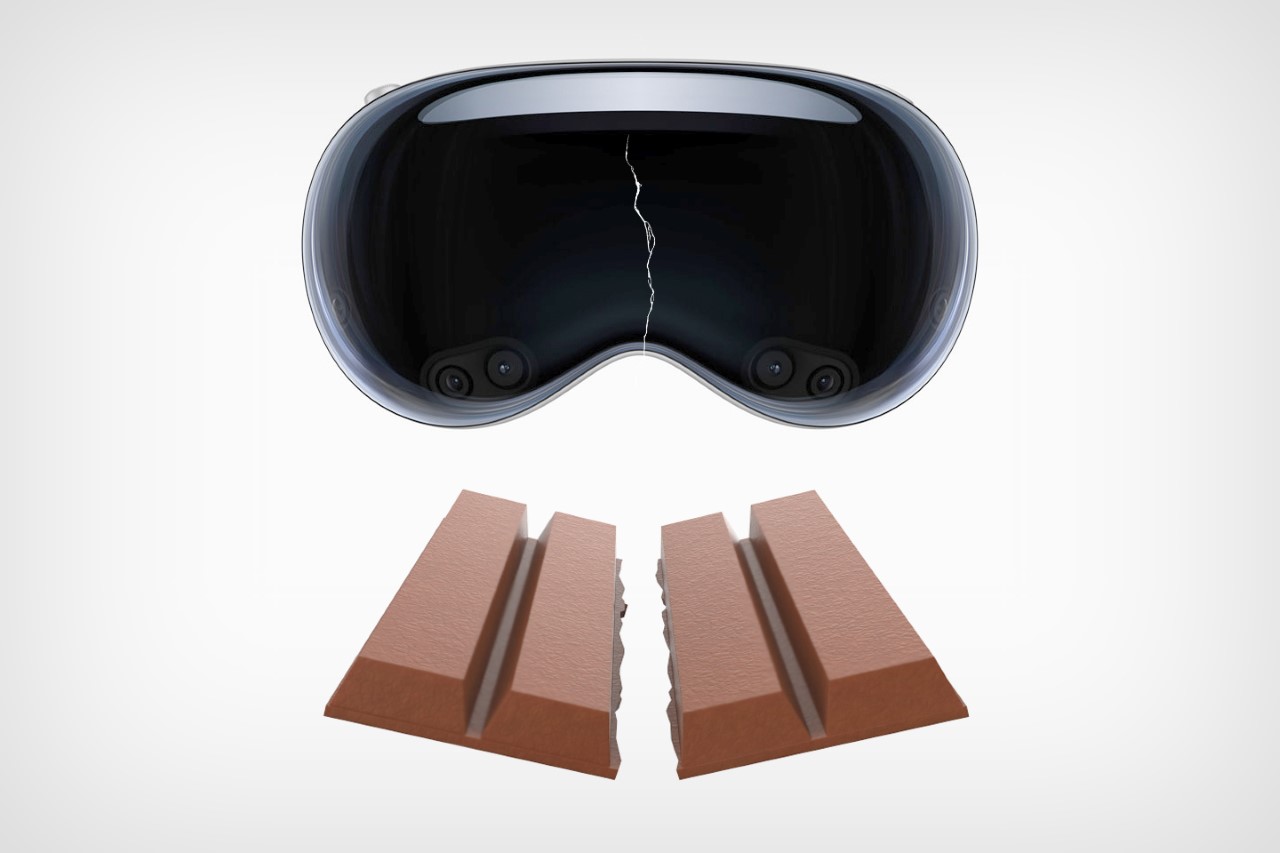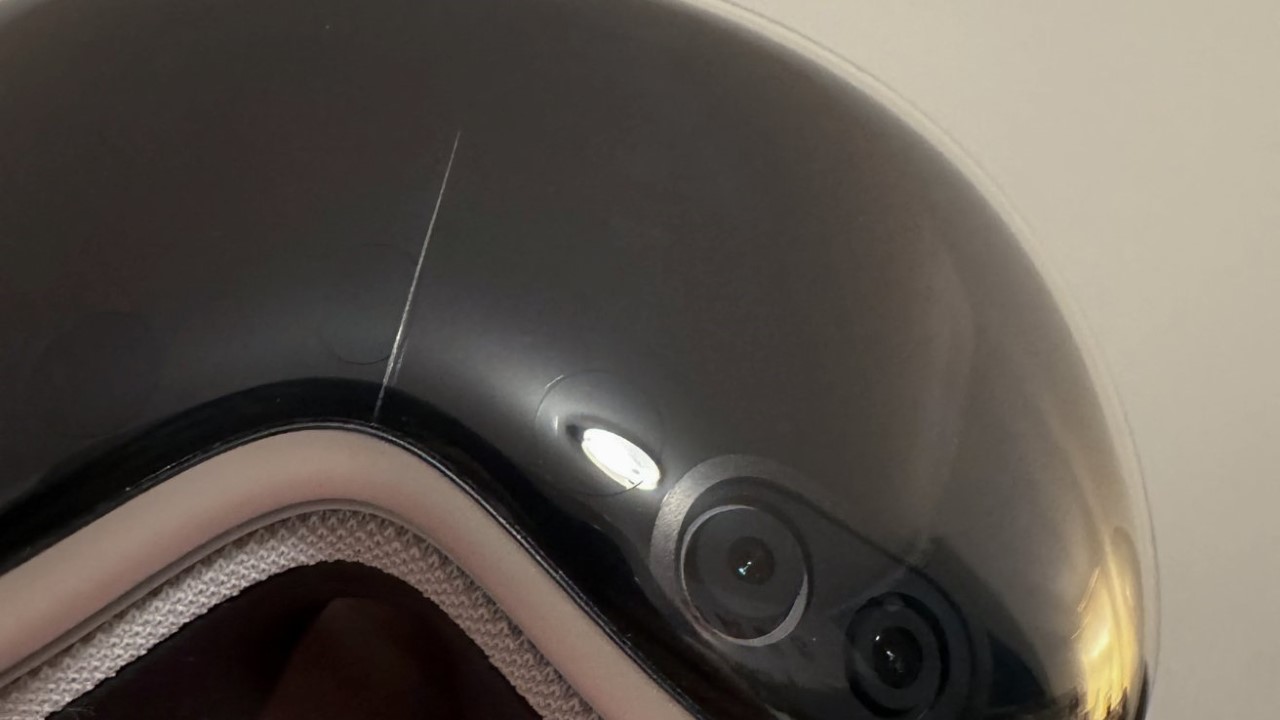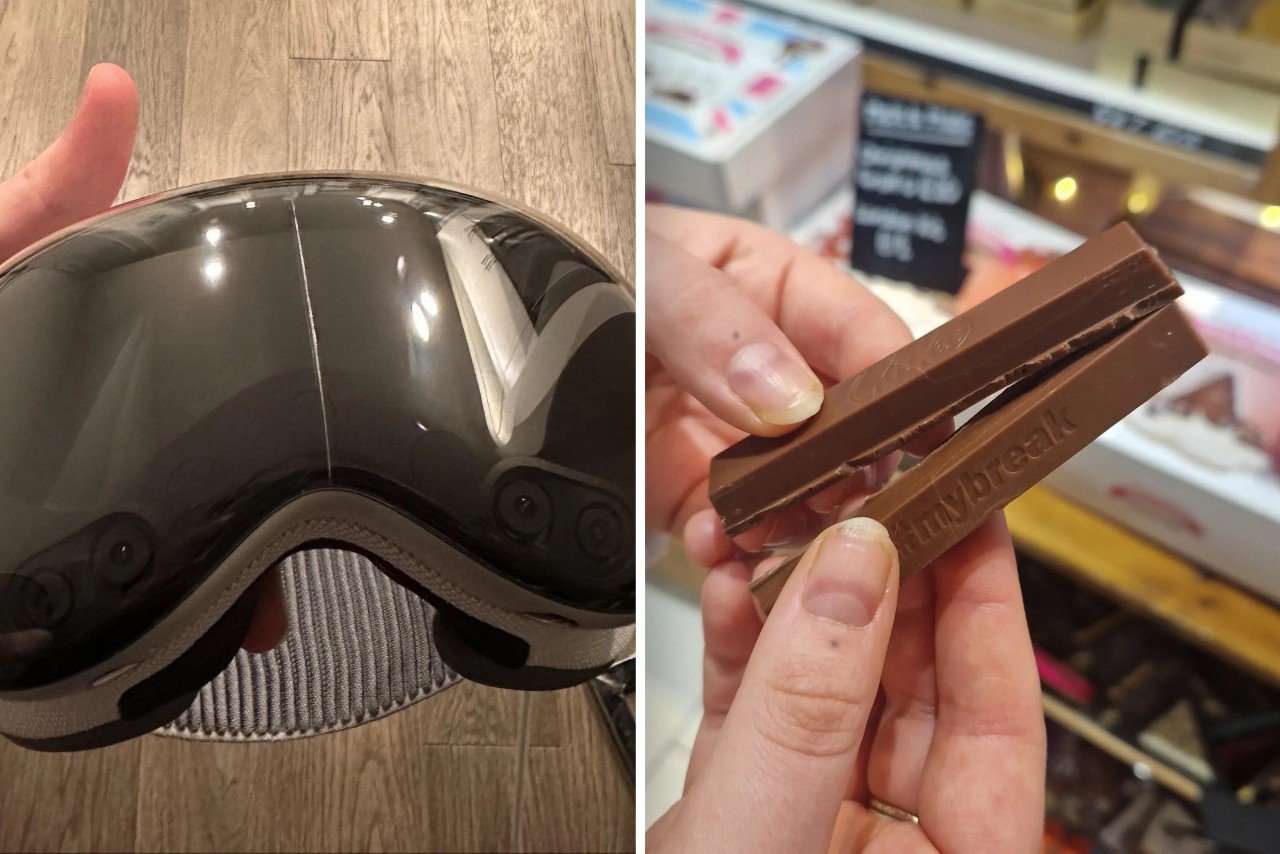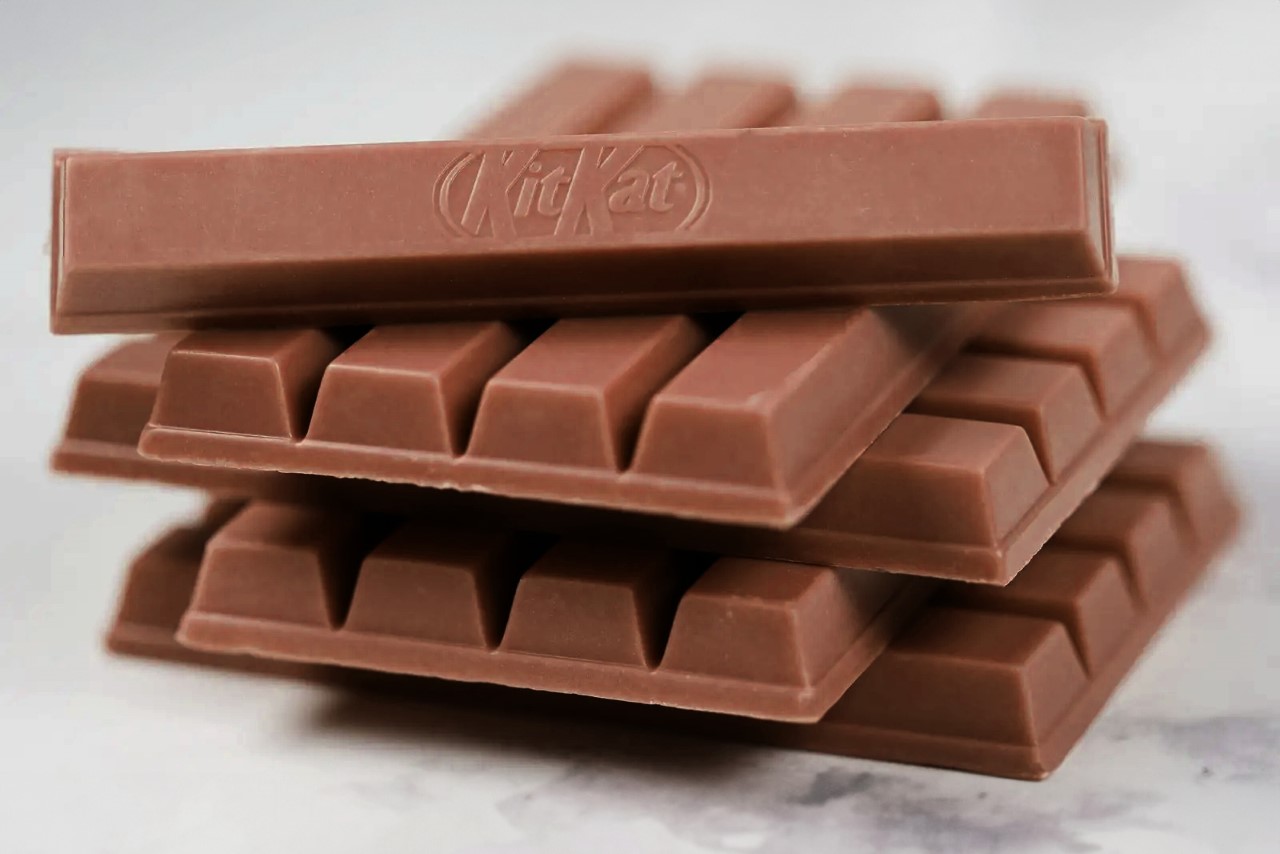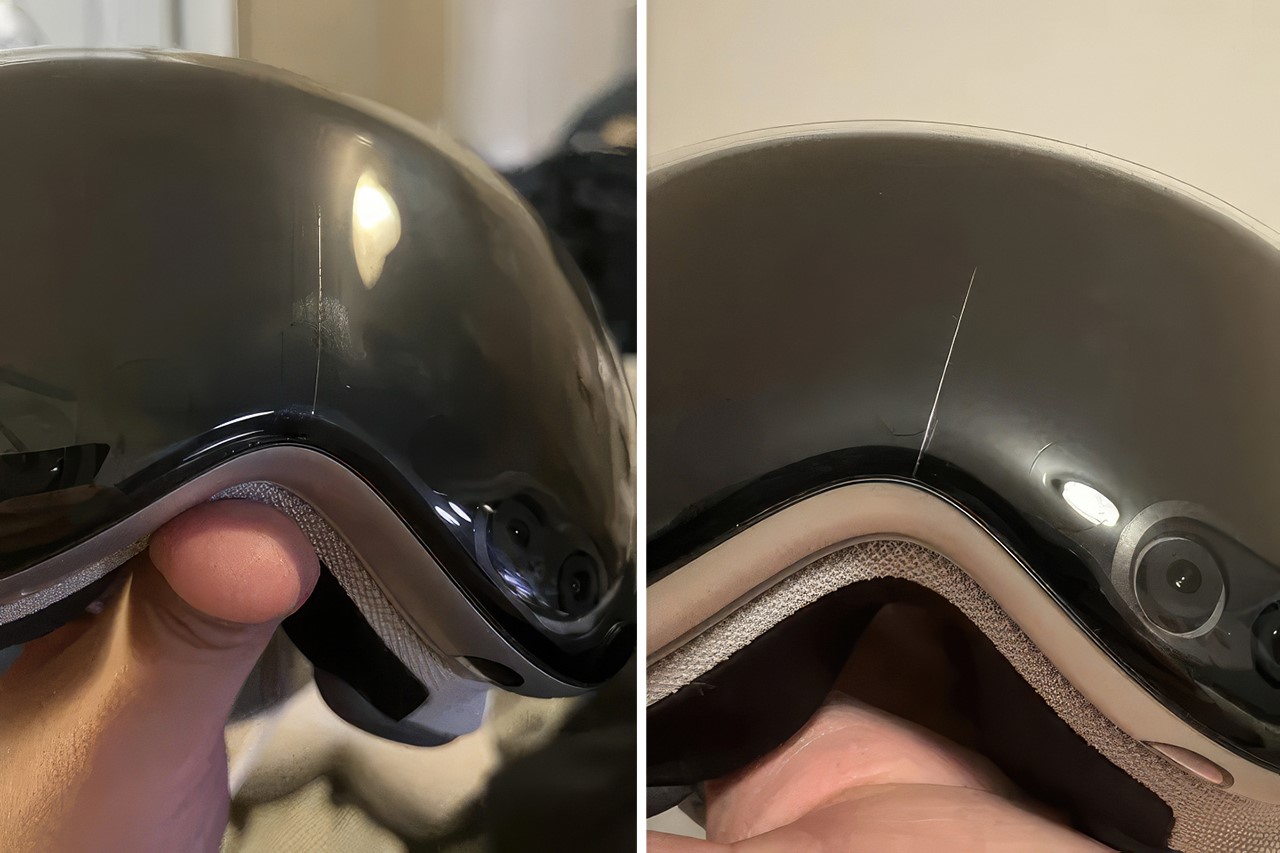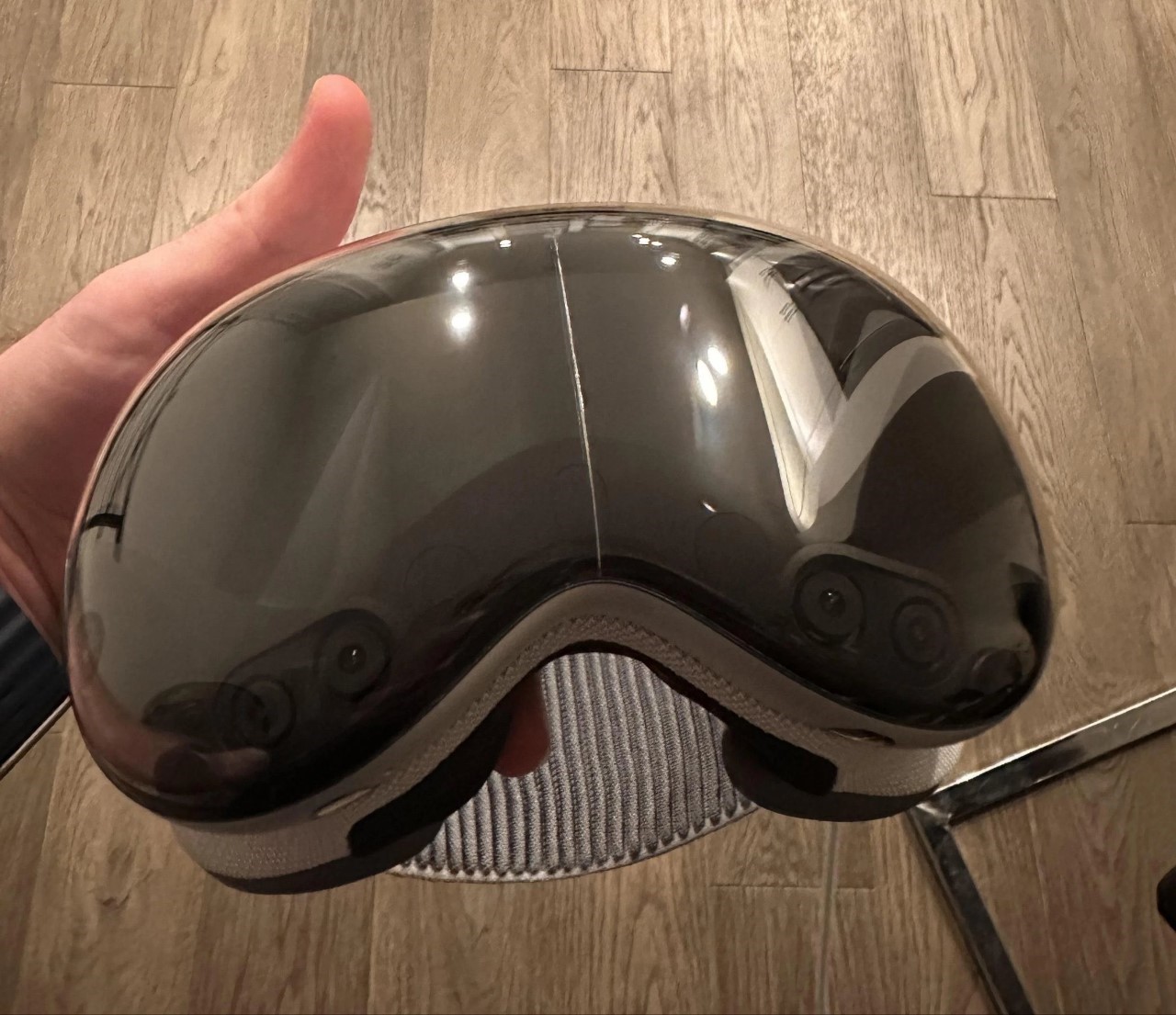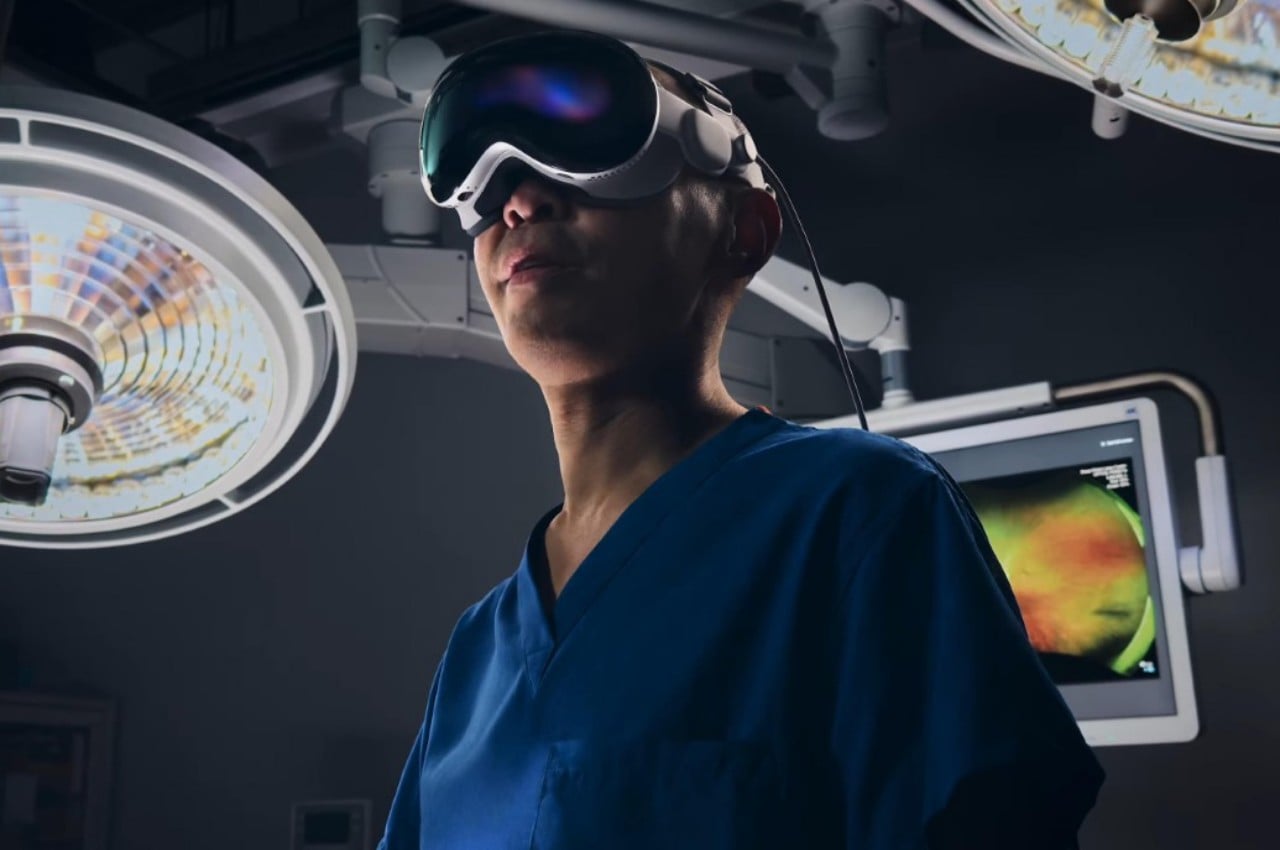
It hasn’t even been a year since it launched, but there are already talks of Apple’s next headset after the Vision Pro. No, it won’t be an upgrade that will make the $3,500 device obsolete but, instead, might even be considered a downgrade of sorts. In a way, this more affordable Apple Vision will be its own class, one that might have to make quite a few compromises to reach a desired price point. What those cuts will be is still unknown, but some insider insight suggests that the non-Pro Vision headset might offload its processing and software to an external device, requiring you to tether it to an iPhone or even a Mac or MacBook.
Designer: Apple (via Mark Gurman)
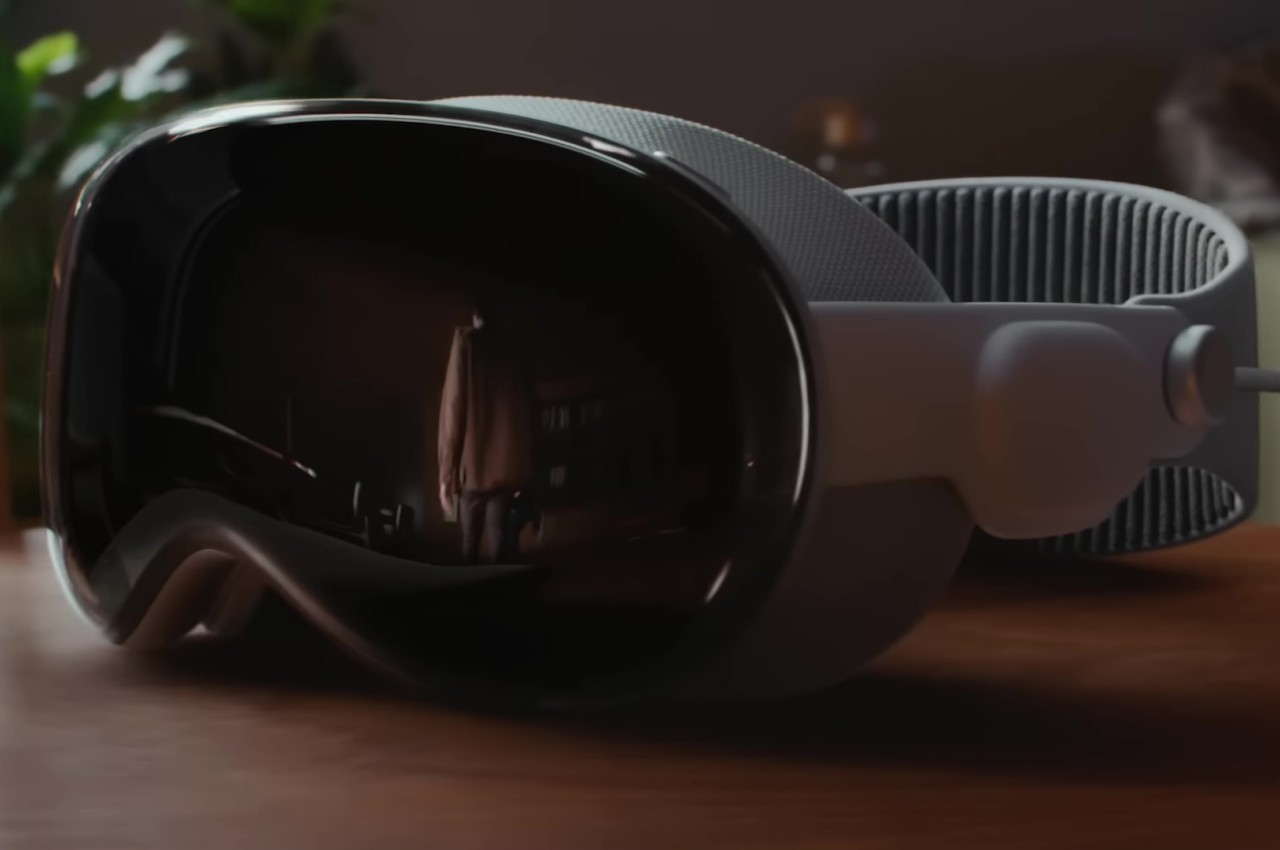
Impressive as the Vision Pro and visionOS might be, Apple’s spatial computing platform hasn’t yet taken the tech world by storm for one critical reason. The headset costs a whopping $3,500, far beyond the reach of developers without deep pockets or backing, let alone regular consumers. Apple has always planned on launching a more accessible Vision headset after the Pro model has taken root, but the big puzzle is how it would make it significantly cheaper without compromising on the experience too much.
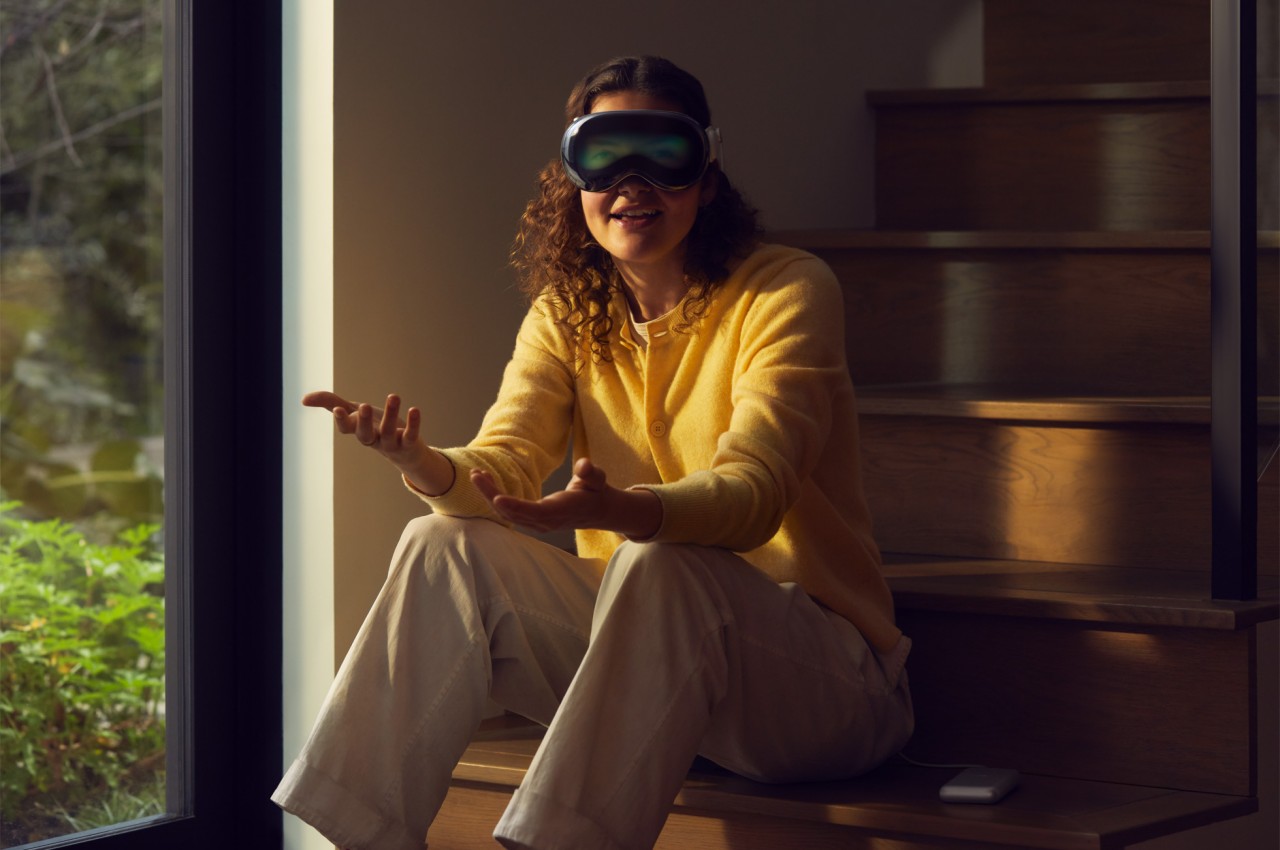
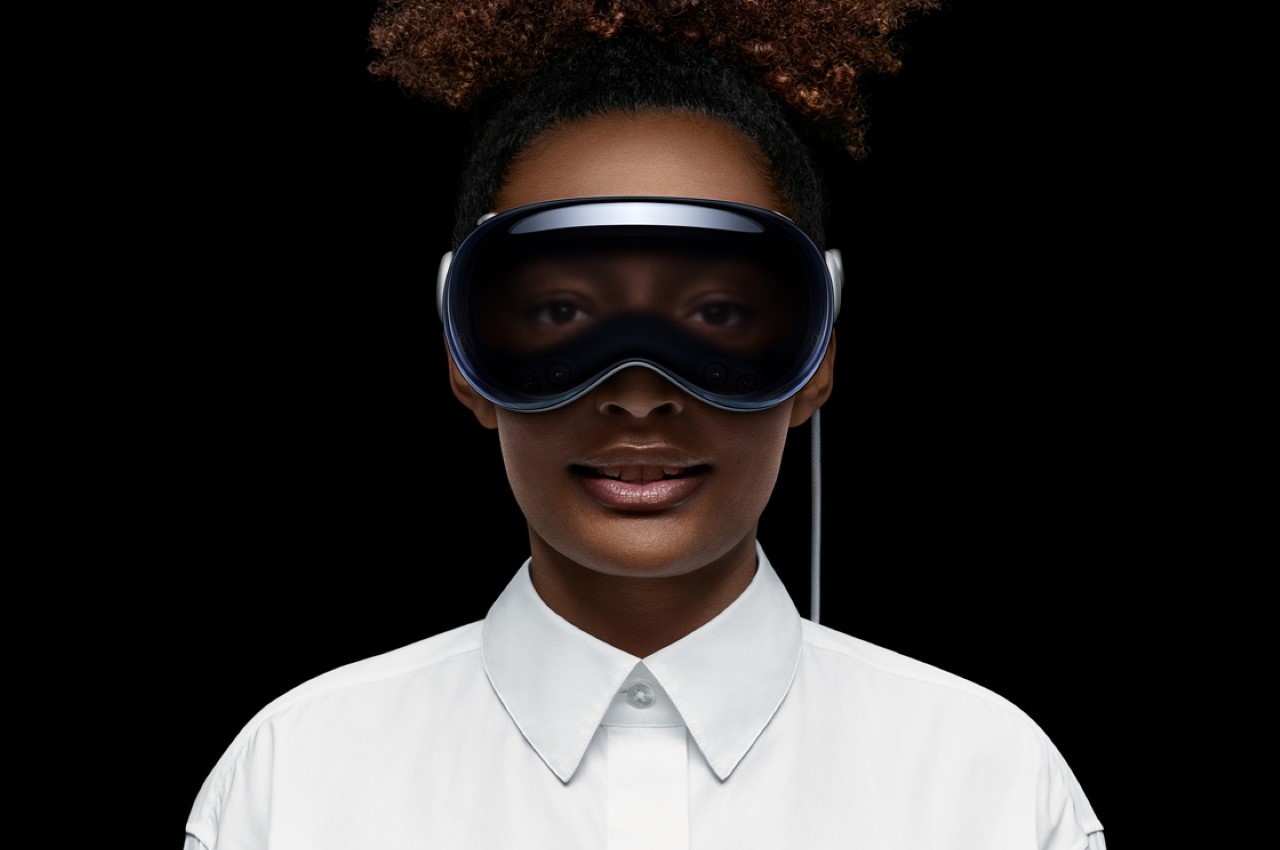
The immediate answer would be to take the features down a few notches, throwing out EyeSight that shows your eyes to people on the opposite side of the glass, reducing image quality of passthrough visuals, or using less powerful processors. These, however, are the features that would differentiate the Vision from other mixed reality headsets, and a price tag of $1,500 would make it look even more expensive than the competition without these “killer features.” One alternative would be to have the headset connect to a device, either the iPhone or the Mac, making the Apple Vision focus solely on the optics and display.
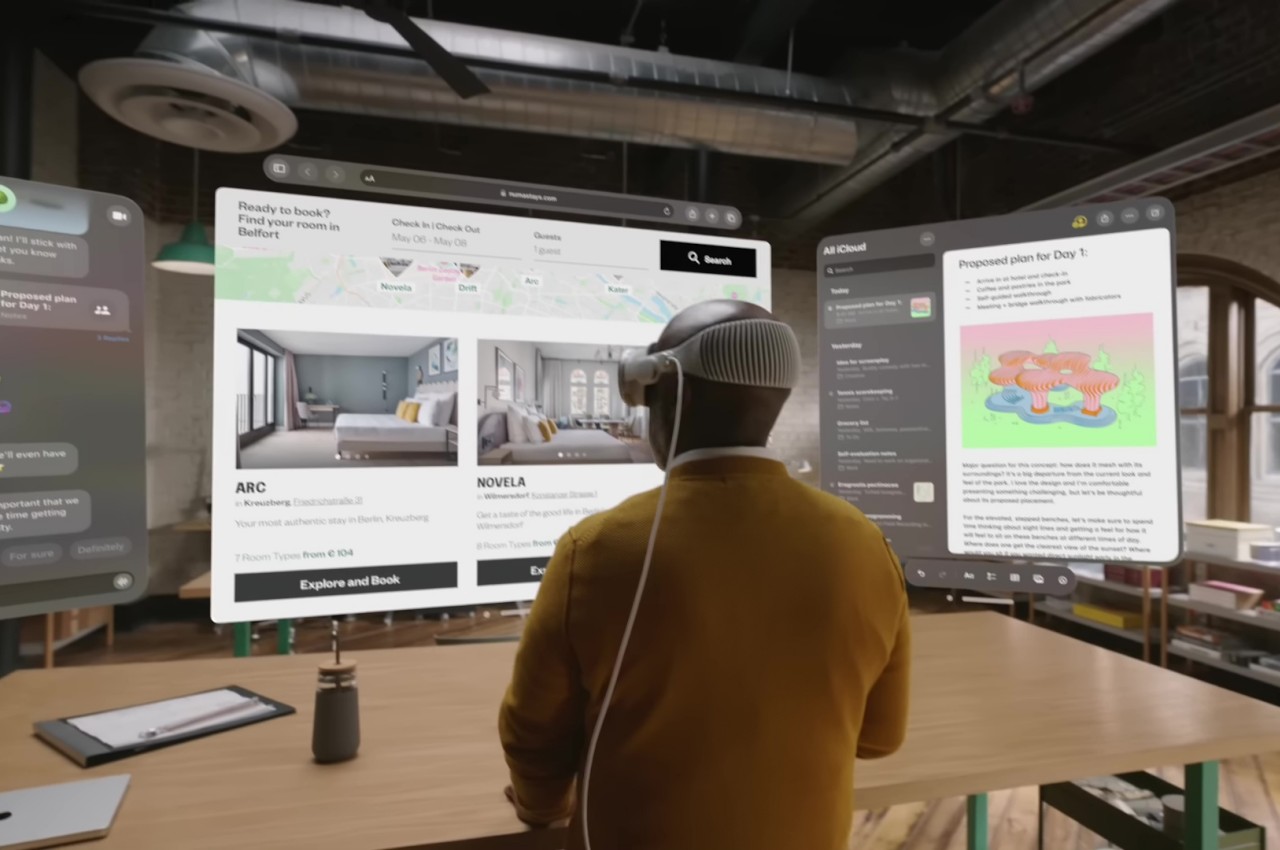
This wouldn’t be the first phone-powered headset, and history has given us the advantages and disadvantages of that design. An iPhone would actually offer a bit more mobility and flexibility, especially if it will also power the Vision headset. It could, however, be the bottleneck considering the apps and experiences that visionOS supports. A MacBook, on the other hand, would deliver that much-needed power at the expense of freedom of movement and comfort.
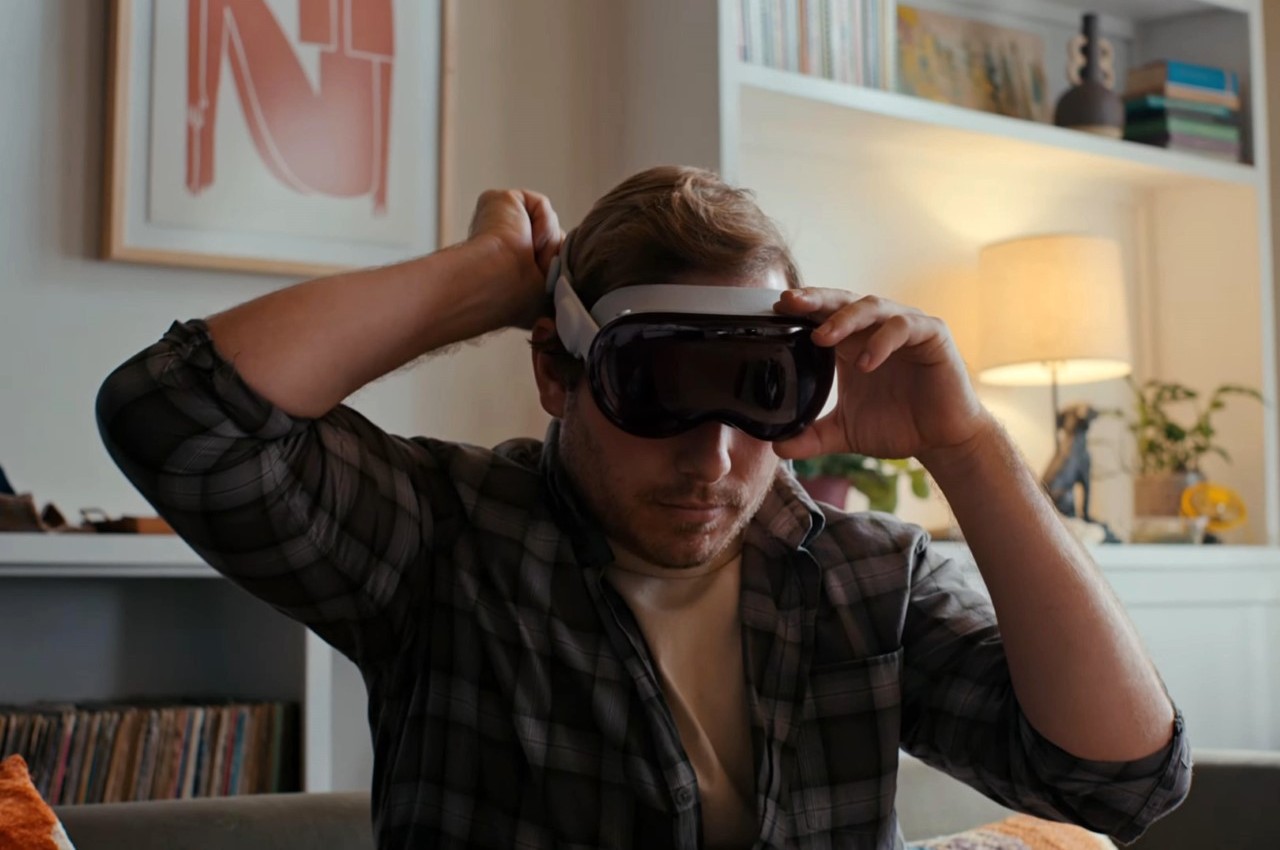
This is definitely a conundrum for Apple, which isn’t always keen on degrading product quality in the name of price cuts. At the same time, however, it really has no choice but to make some concessions if it wants its spatial computing vision to be embraced by more people. It still hasn’t given up on the Vision Pro, whose successor is expected to arrive in 2026, but it will be pouring resources over the more accessible Vision for a 2025 launch, and hopefully, it will be able to hit the nail on the head in the end.
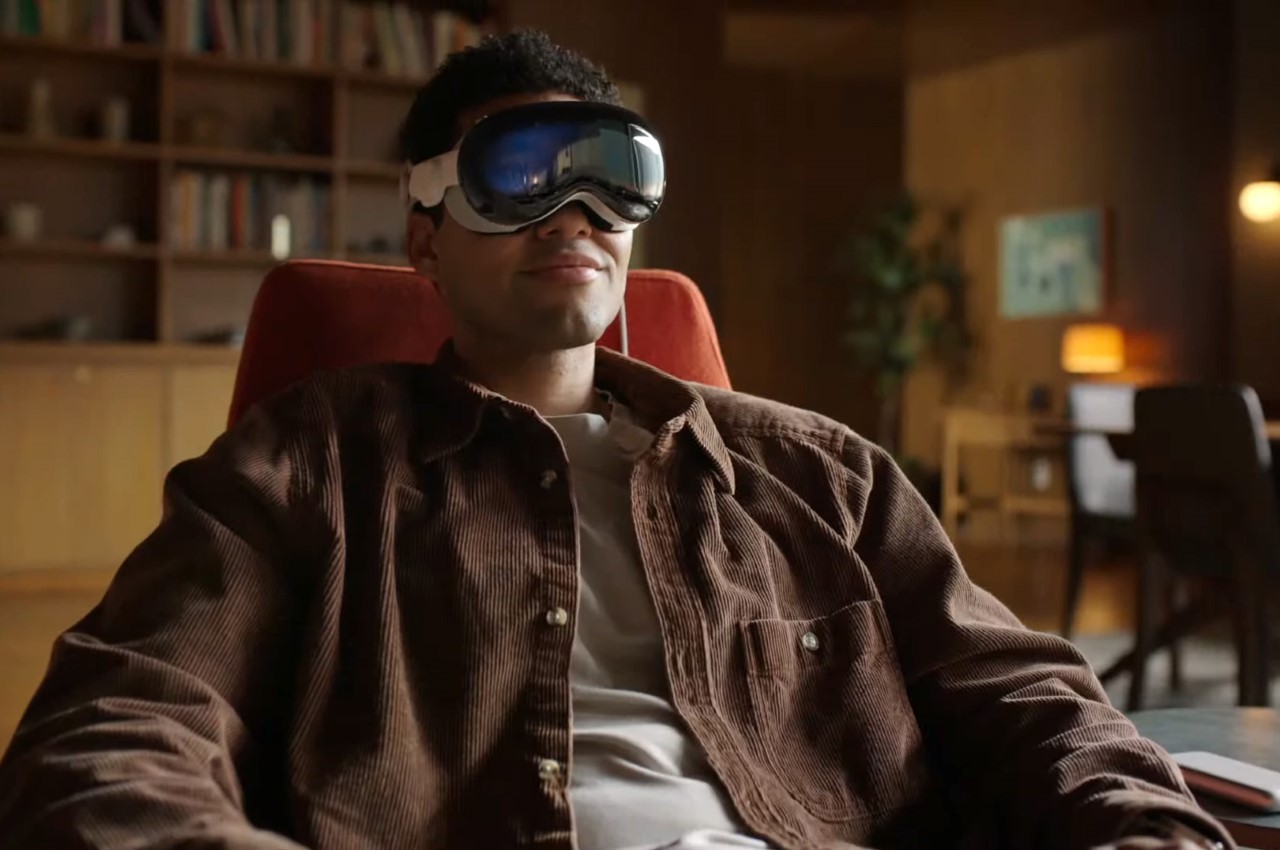
The post Cheaper Apple Vision design might have you connecting to an iPhone or Mac first appeared on Yanko Design.
